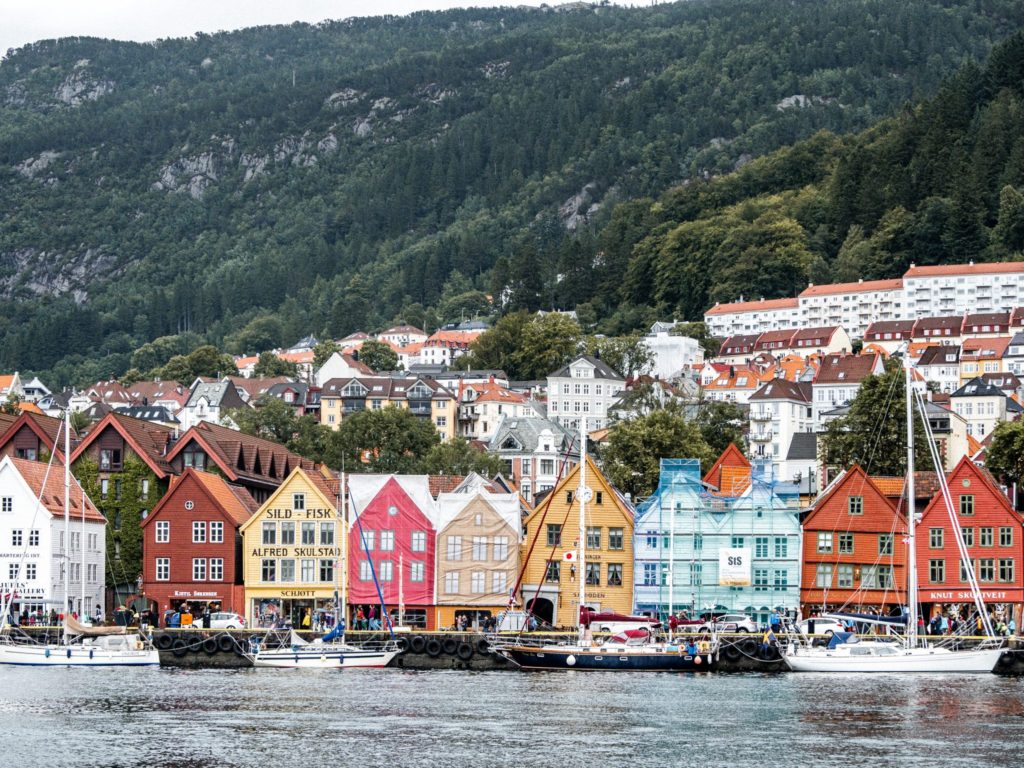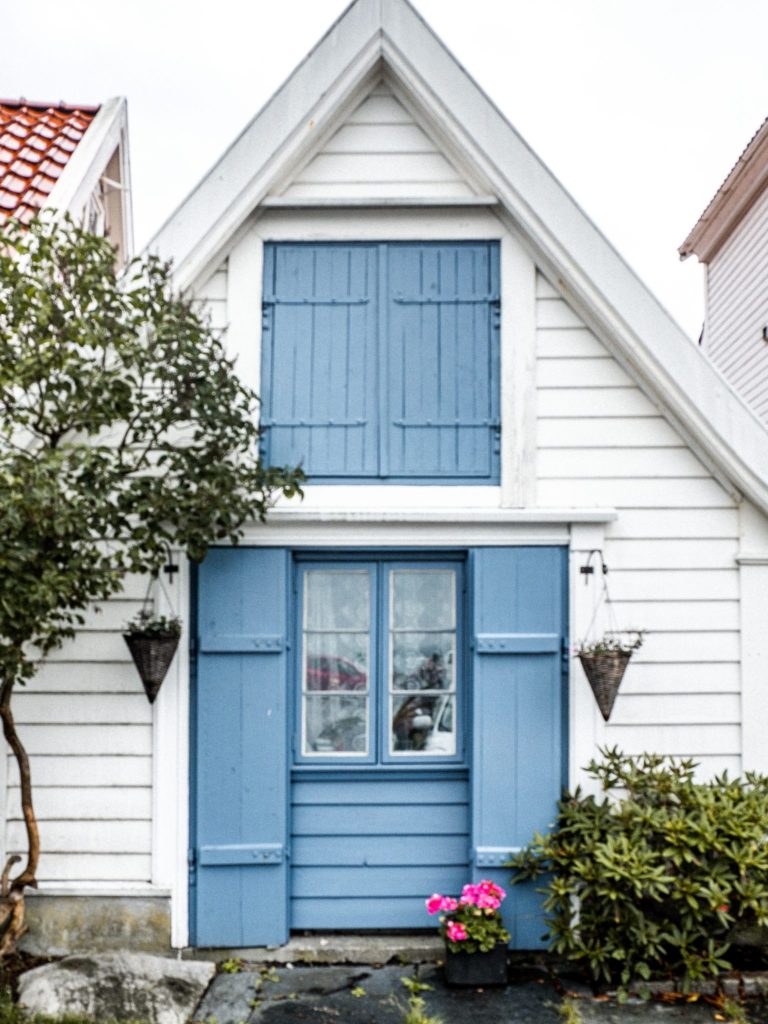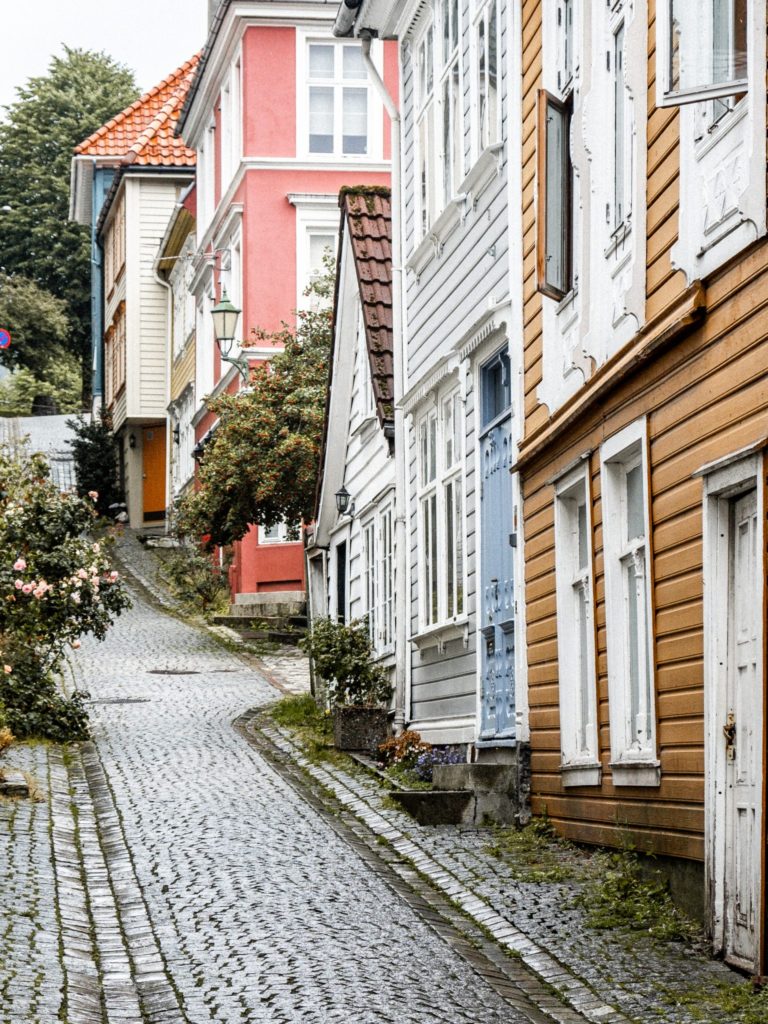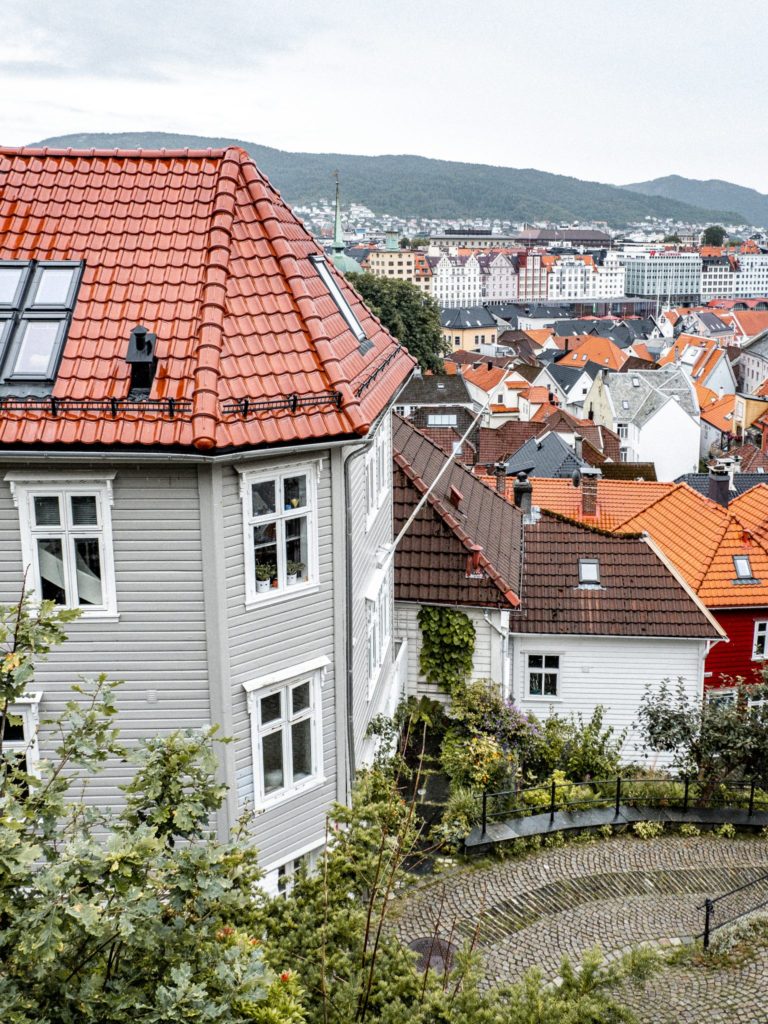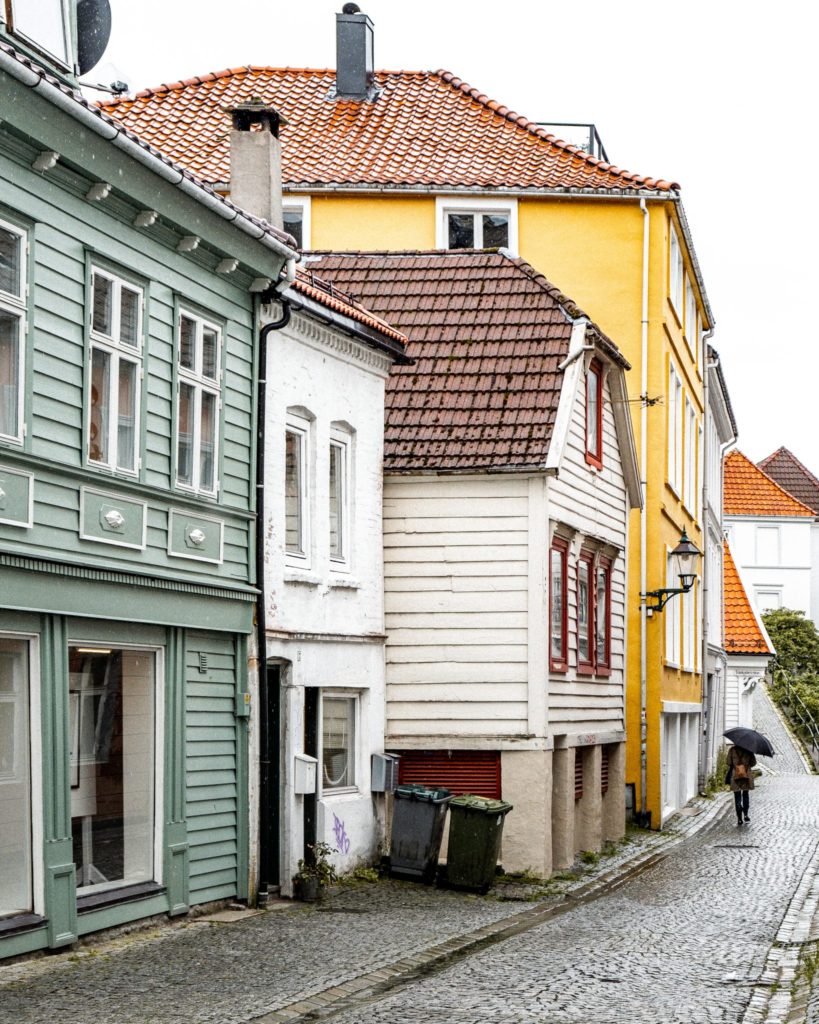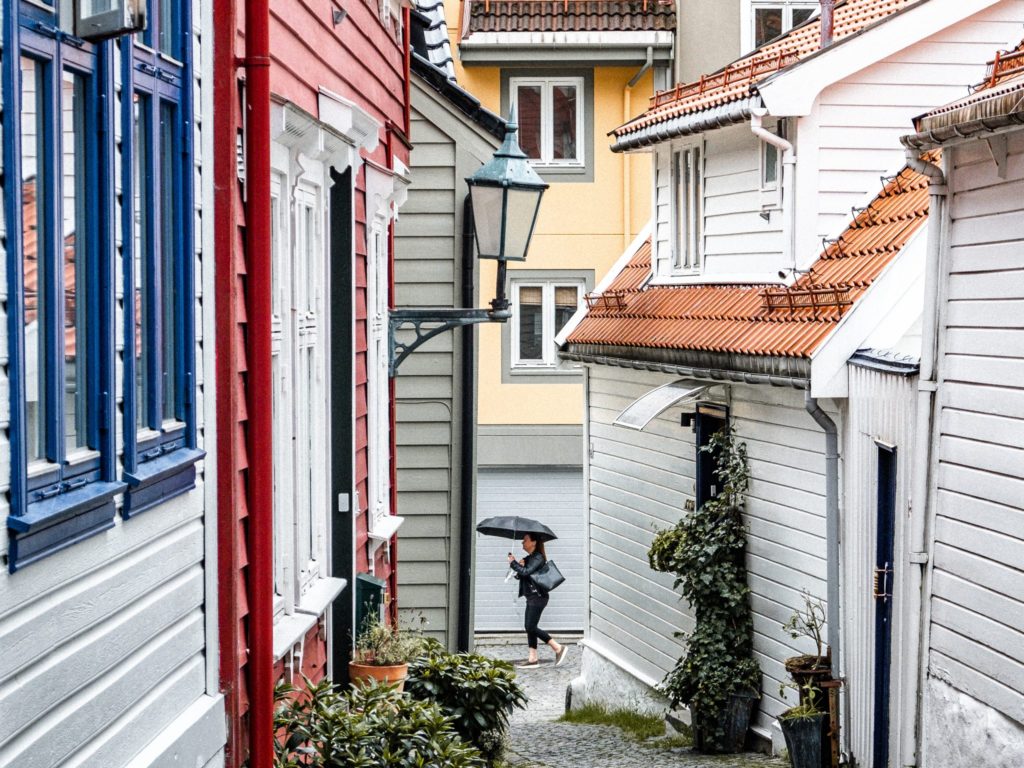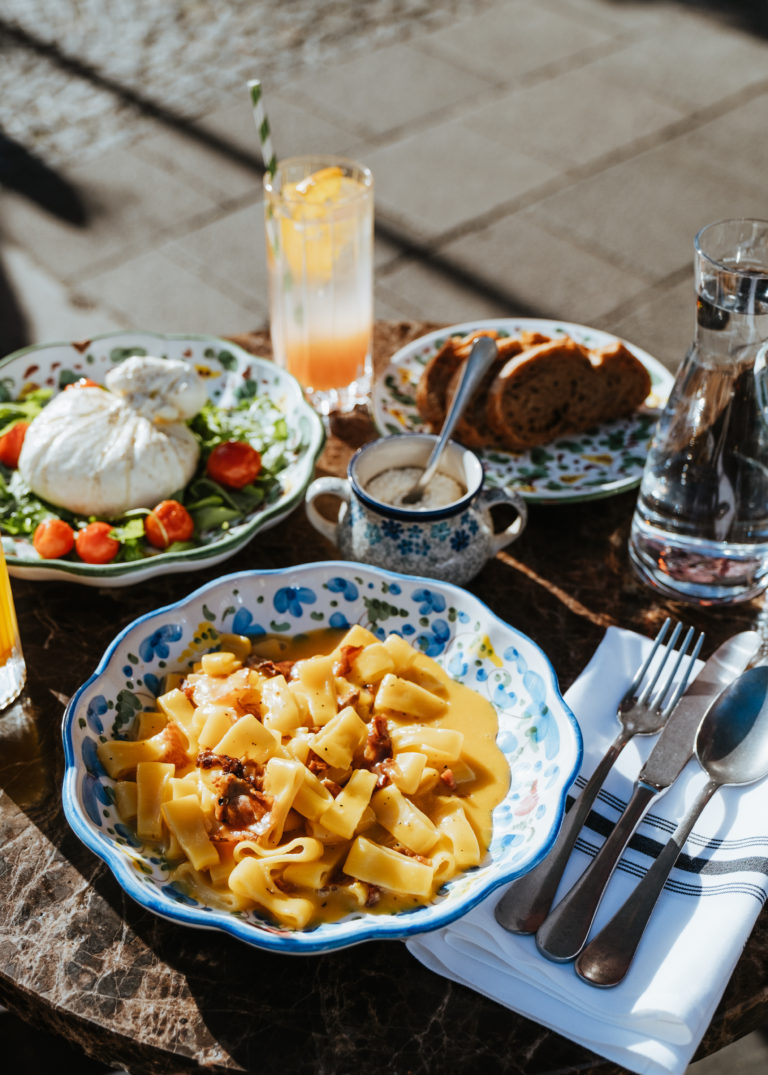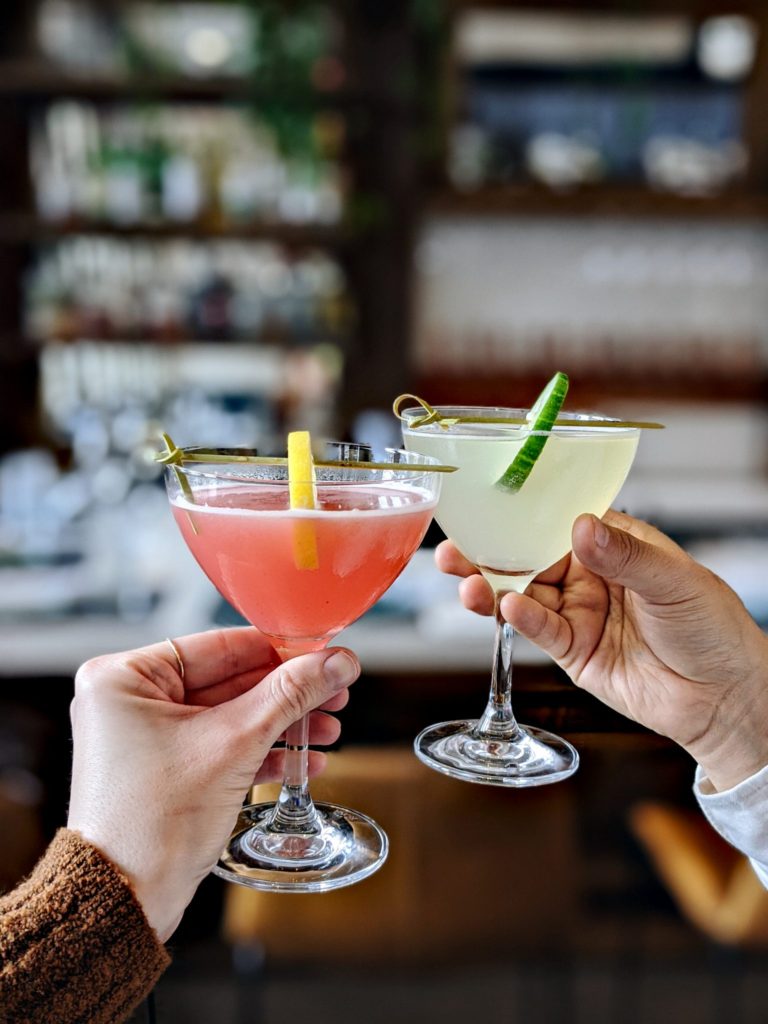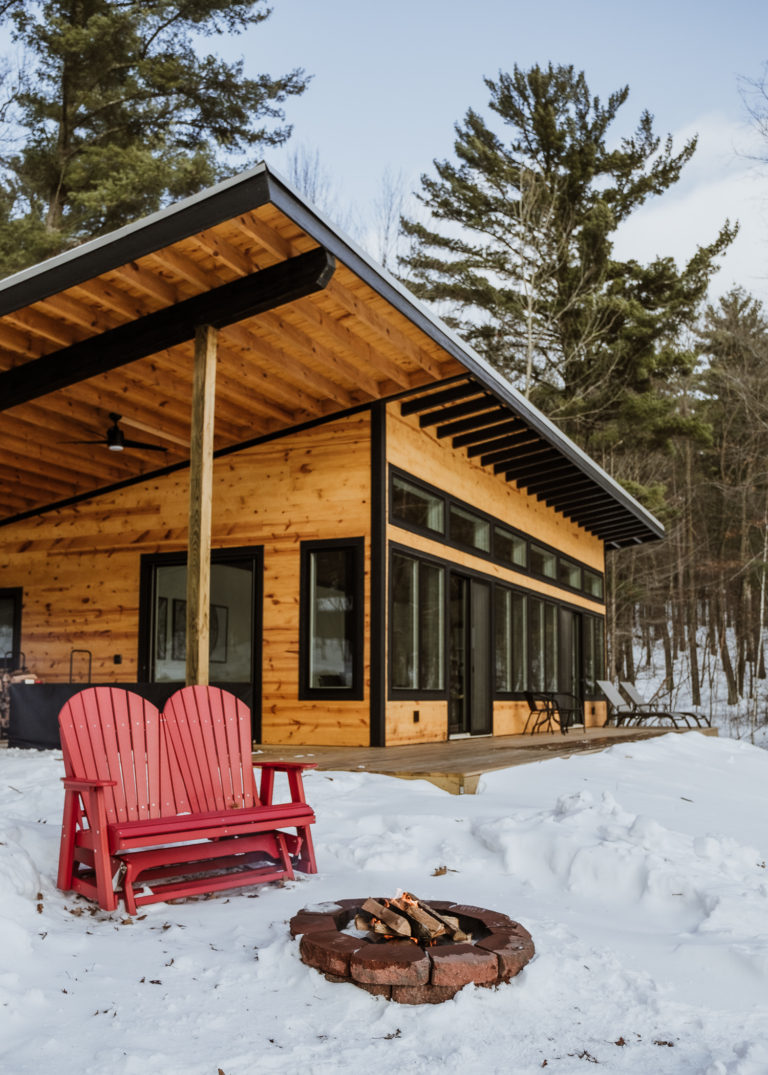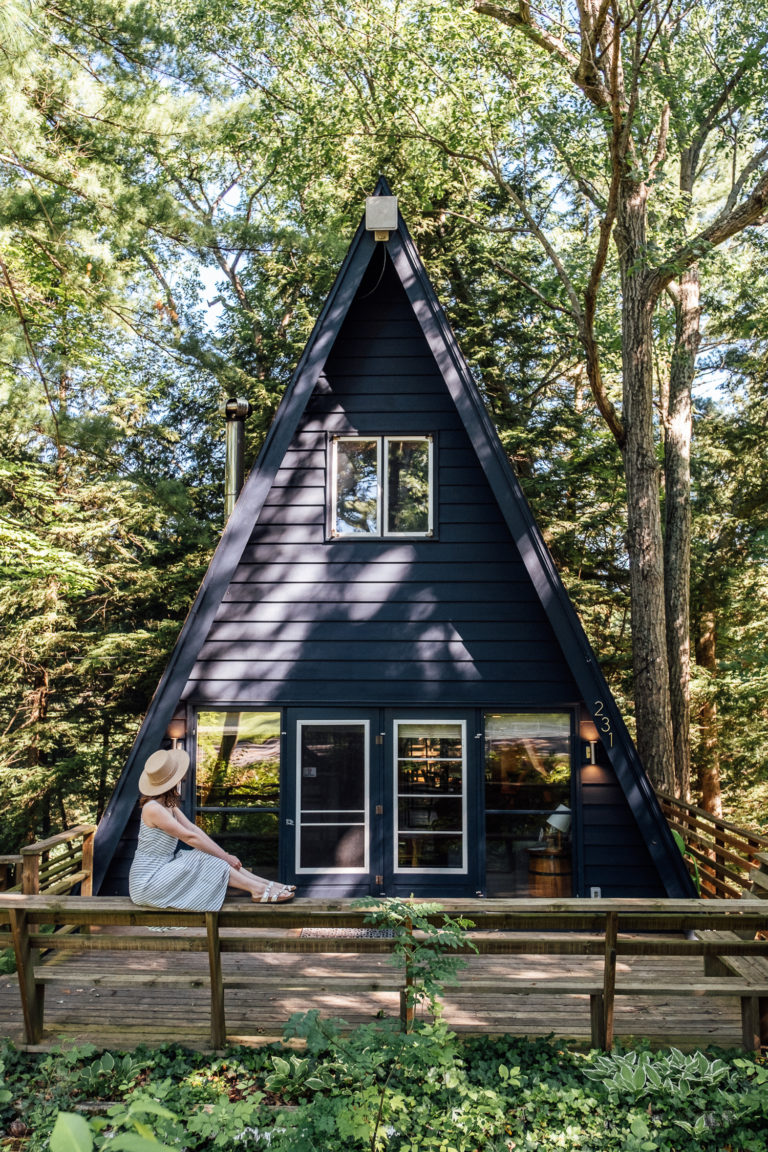Viking Cruises – Into the Midnight Sun
Our cruise on the Viking Sea from London, England to Bergen, Norway was one of, if not the, best trips of our lives. My husband and I have traveled a lot, but neither of us had ever been on a cruise before this trip. I can’t tell you how amazing it was not only to wake up refreshed and ready to explore a new port every day, but also thoroughly enjoy the ship itself and all the amenities it had to offer during our time at sea! Read our review of the “Into the Midnight Sun” cruise by Viking Cruises.

viking sea
The Viking Sea is an amazing ship that offers more amenities than you can possibly take advantage of, even over the course of a two-week cruise. At full capacity, it can accommodate 930 guests. There is a wide variety of staterooms to choose from, all of which feature a balcony so that you can enjoy spectacular ocean views without even leaving the comfort of your suite.
On the upper decks of the ship, the Wintergarden and Explorer’s Lounge provide ample space to relax and have a drink, whether it be afternoon tea or something a bit stronger. The Main Pool spans the entire width of the ship, and on both the port and starboard sides there are large cushioned lounge chairs that look out through floor to ceiling windows — a perfect place to lie back and watch the beautiful scenery float by on your days at sea or as you arrive in a new port. On the lower decks, you can enjoy a game of chess or Scrabble while you listen to live classical music. There is also a full spa and a fitness center for those who want to maintain their exercise routine while roaming the seas.
Every evening the Viking crew offers excellent entertainment in the Star Theater. From musicians to magicians there is something for everyone. And if it’s late and you’re still in the mood for some fun, Torshavn bar offers live music and dancing until midnight!
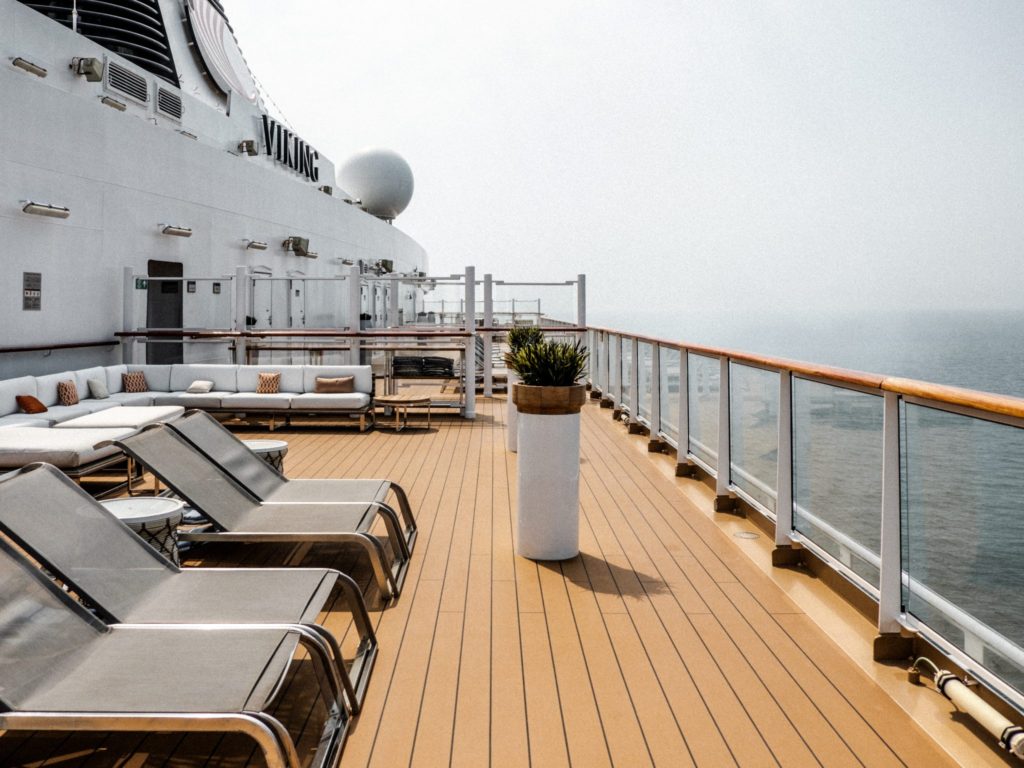
Every single crew member that we interacted with during our two weeks onboard the Viking Sea, from the security team to the waitstaff to the hotel managers and entertainment team, was incredibly friendly and willing to go out of their way to make us feel welcome and comfortable. You can’t ask for better service!
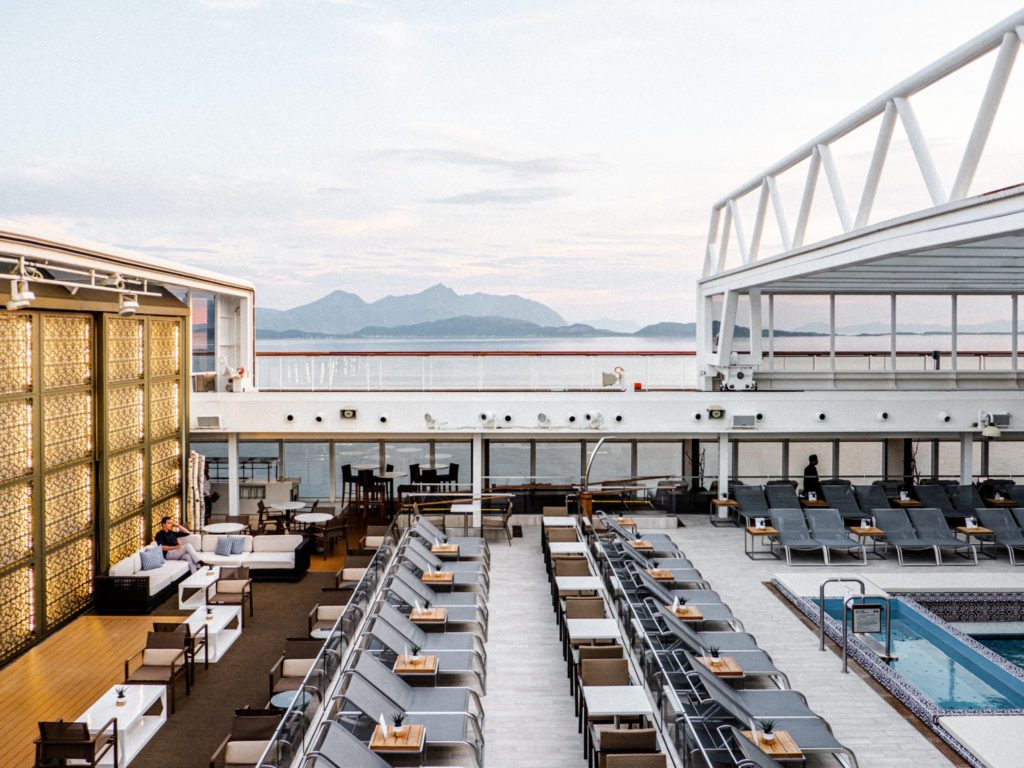
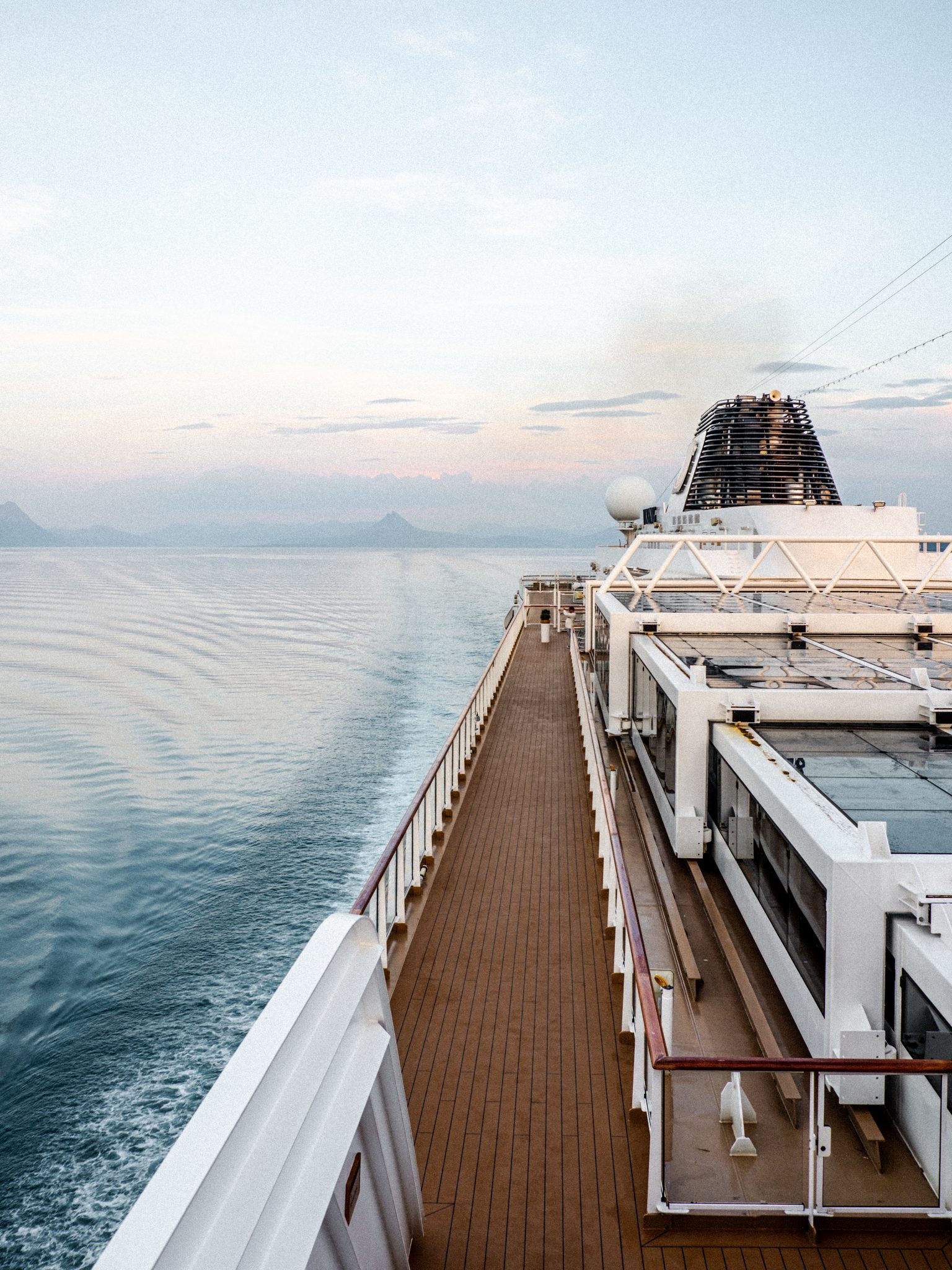
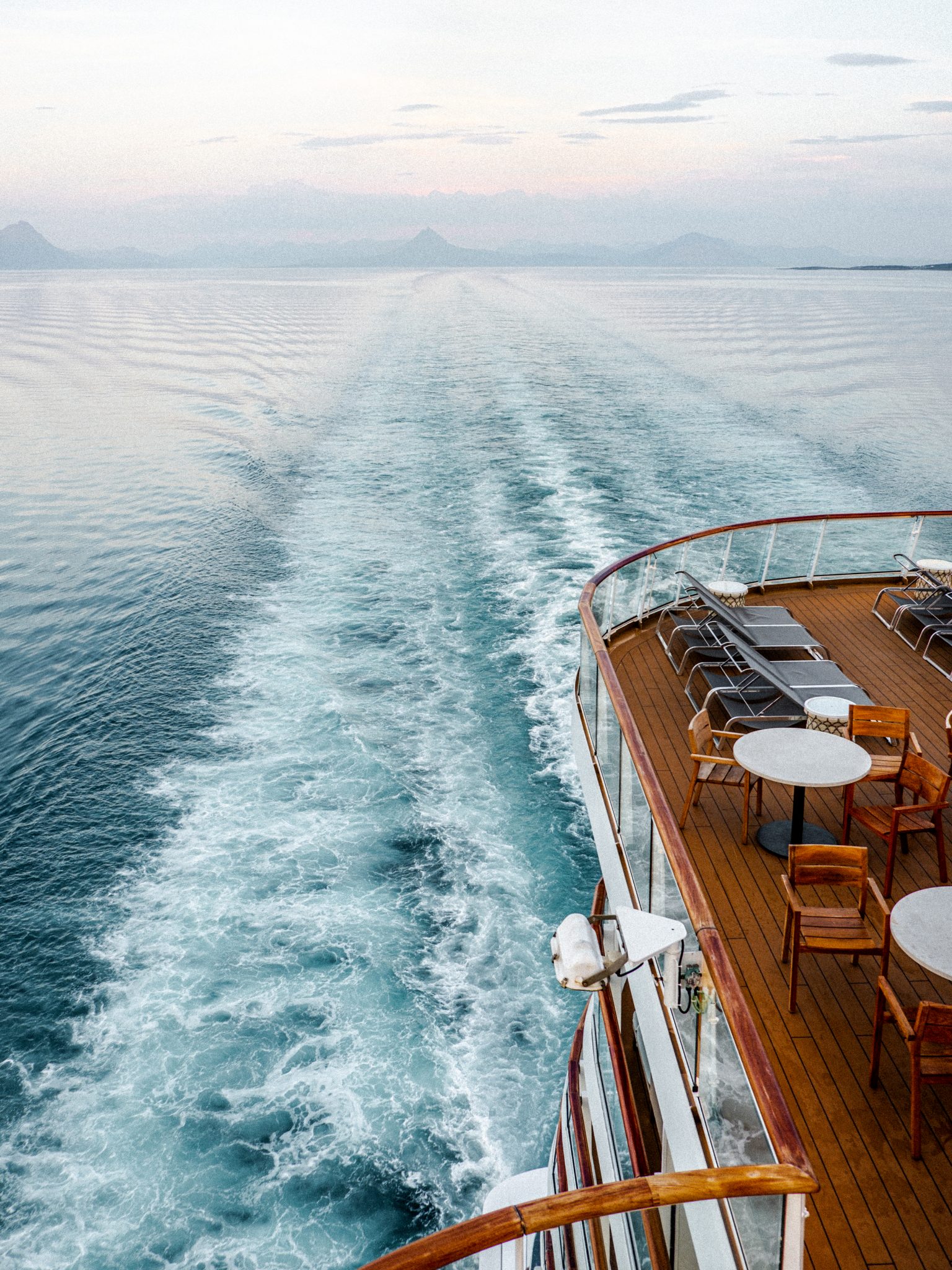
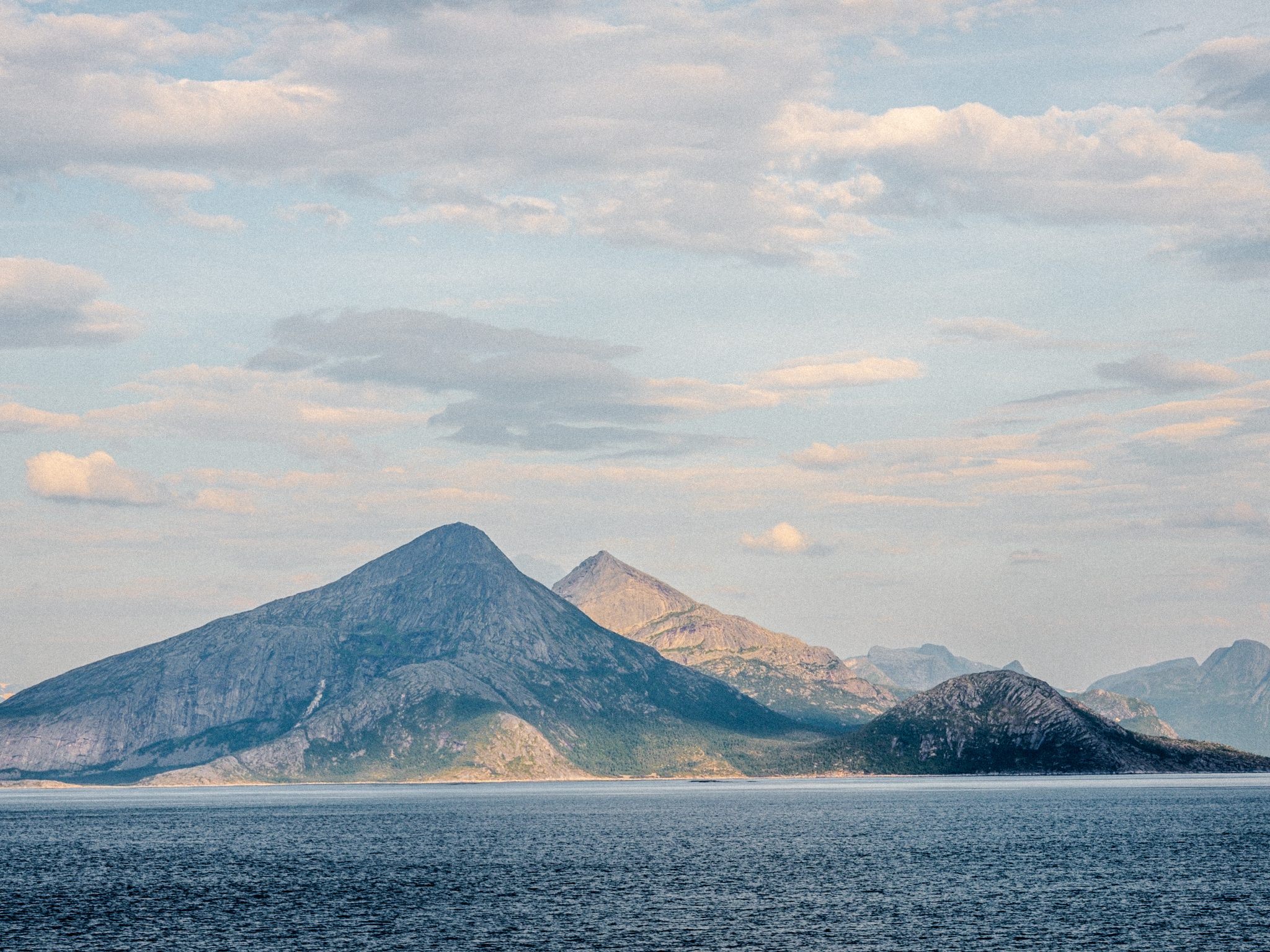
Dining onboard the Viking Sea is a treat! All meals are complimentary, and the food is exceptional! There are several dining options. Some of them are more casual and don’t require a reservation, such as the World Cafe (buffet), Pool Grille, Mamsen’s, and The Restaurant. There are also two specialty dining options: Manfredi’s, which serves Italian cuisine, and The Chef’s Table, which offers a different themed menu every night. On top of that, there’s also a 24-hour room service. You will never go hungry on this ship!

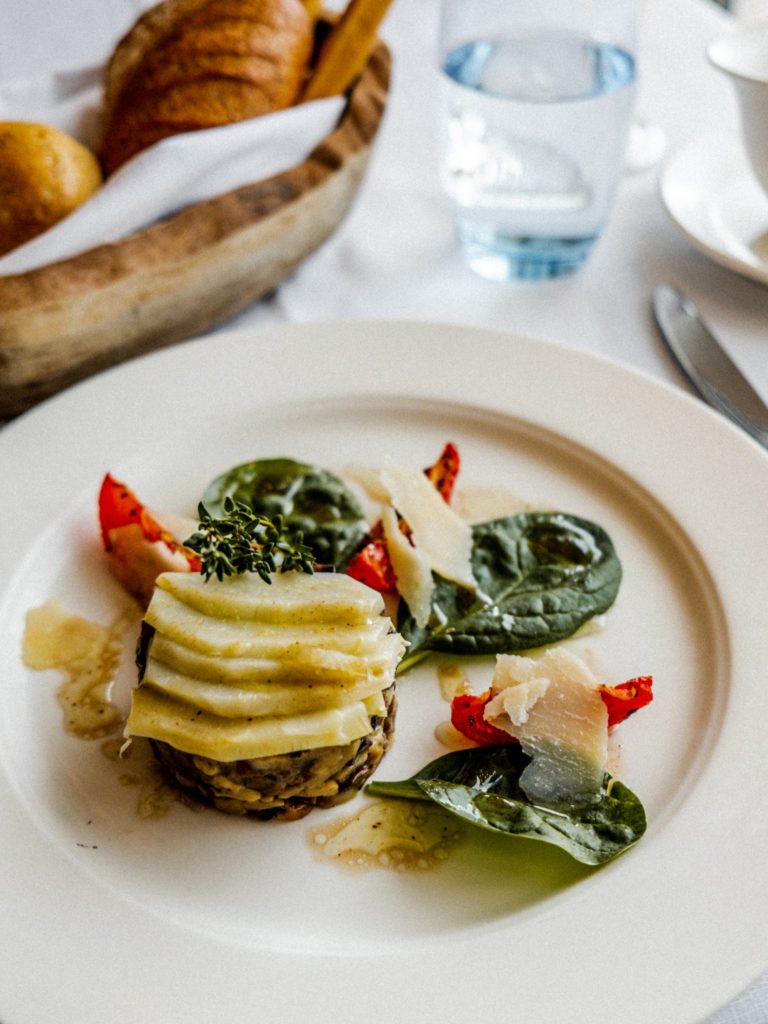

Stop number 1: London
Our Viking cruise ship departed from London, so the very first day of our trip we spent exploring the capital of Great Britain, a city I am always happy to return to. What turned out to be a hot and sunny day began by taking the train from Greenwich Pier where the ship was anchored all the way to the Chelsea and Kensington area. I love walking around there! There are so many cute colorful streets, beautifully decorated storefronts, and tons of amazing restaurants and cafes.
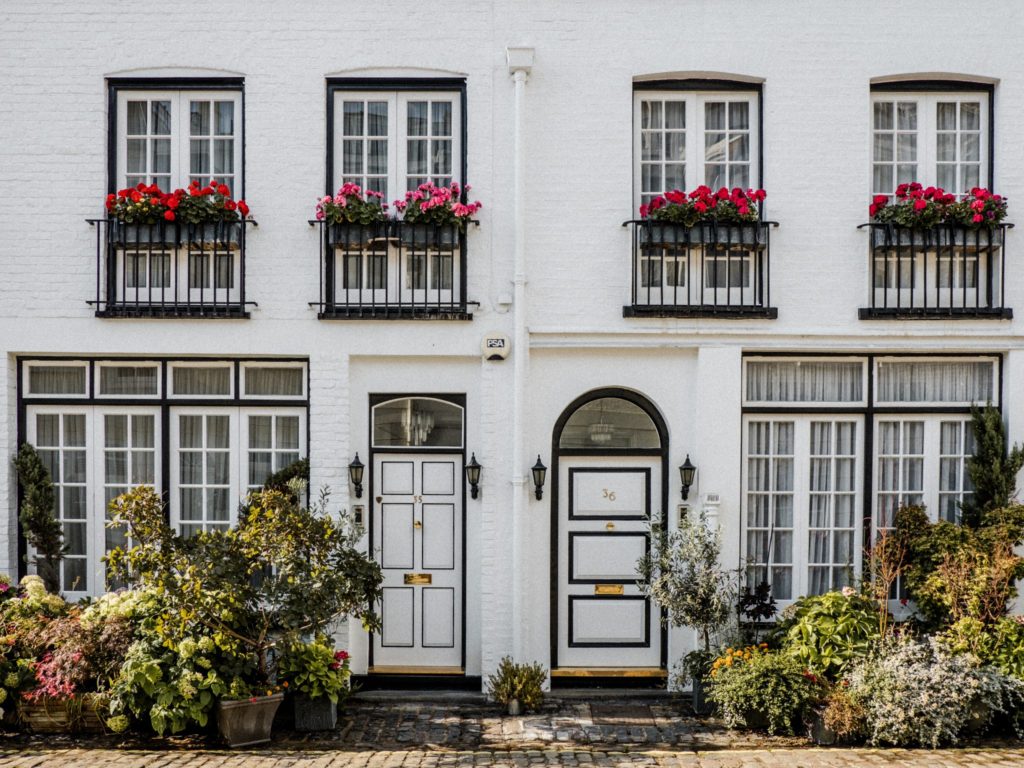
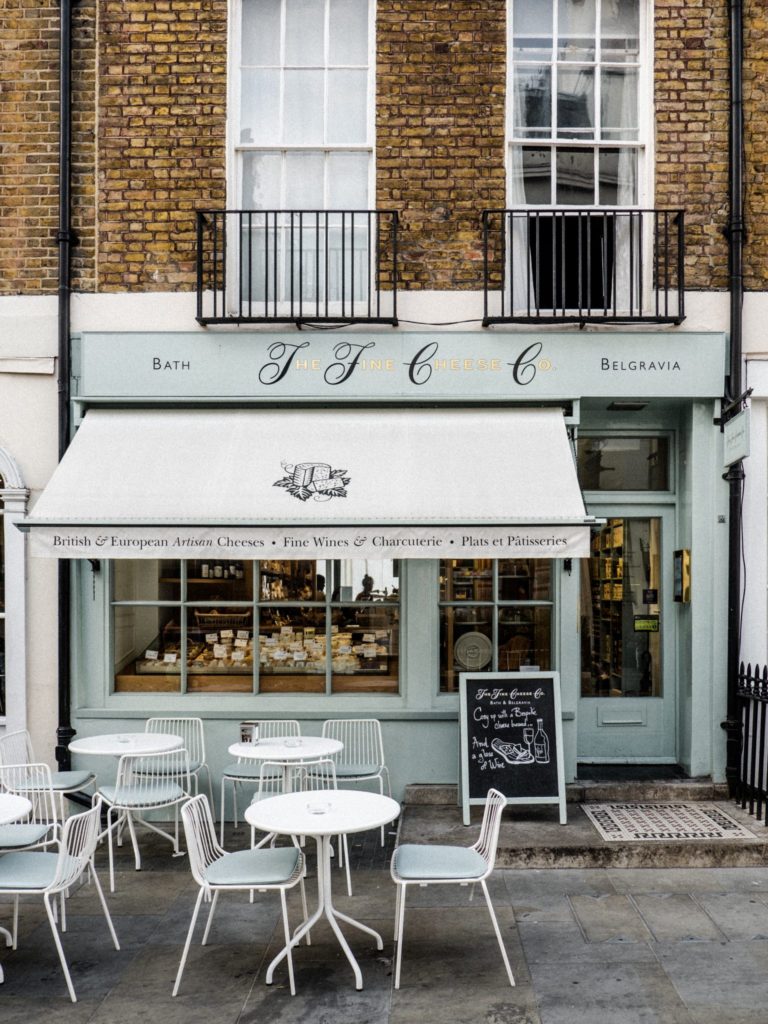
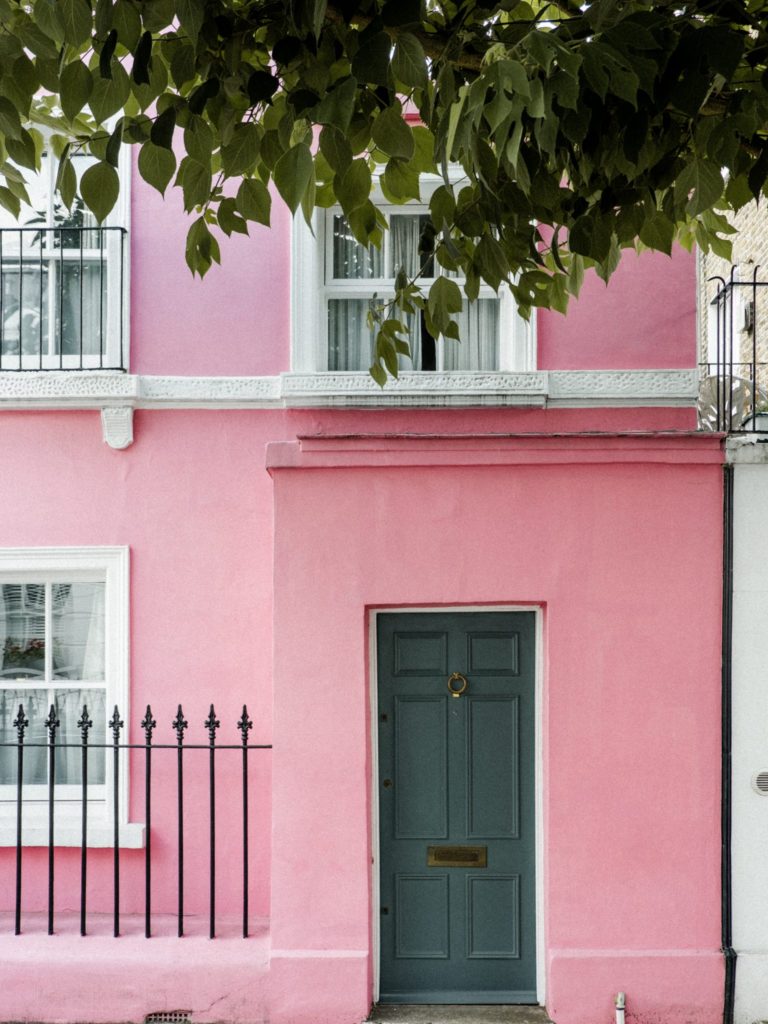
For lunch, we went to Chicama, a seafood restaurant in Chelsea with Peruvian-inspired cuisine. This place had been on my list for a long time! My expectations were high, and I was not disappointed. The food is made from fresh ingredients, comes on small plates, and the portions are perfect for sharing with friends. We tried almost every single item from the lunch menu and liked all of them, including padron peppers, tapioca marshmallows, popped corn monkfish cheeks, green bean salad, and sea bream ceviche. Needless to say, the place itself is very photogenic! I’m definitely coming back here next time I’m in London.

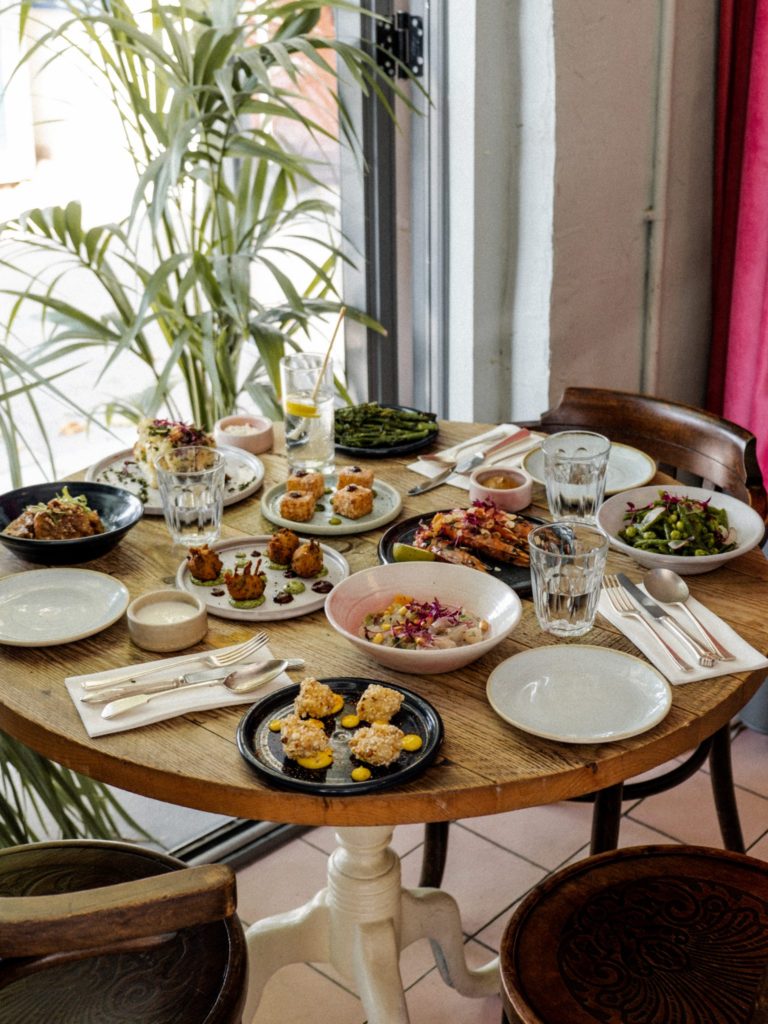
After lunch, we only had a few more hours to spare, and I thought it would be lovely to take a stroll through Notting Hill because it’s one of the most charming areas of London — so quiet and quaint, with lots of interesting shops and cafes, pastel townhouses, bright doors, and vintage cars. We returned to the ship by dinner time and were ready to start our journey up north!
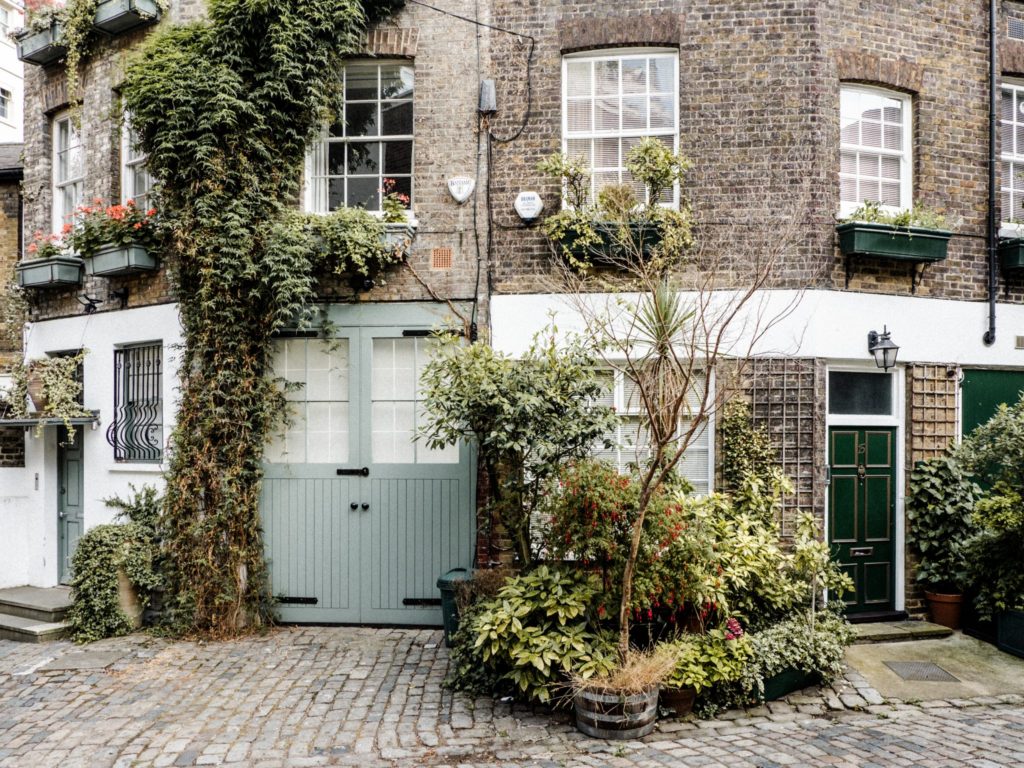
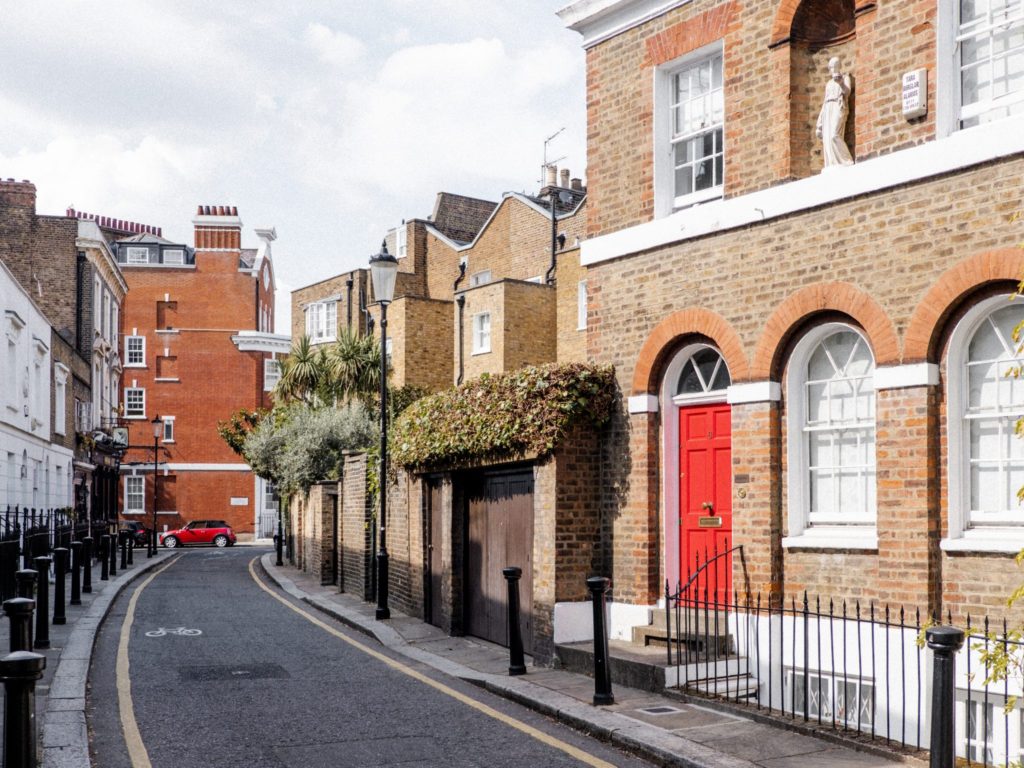
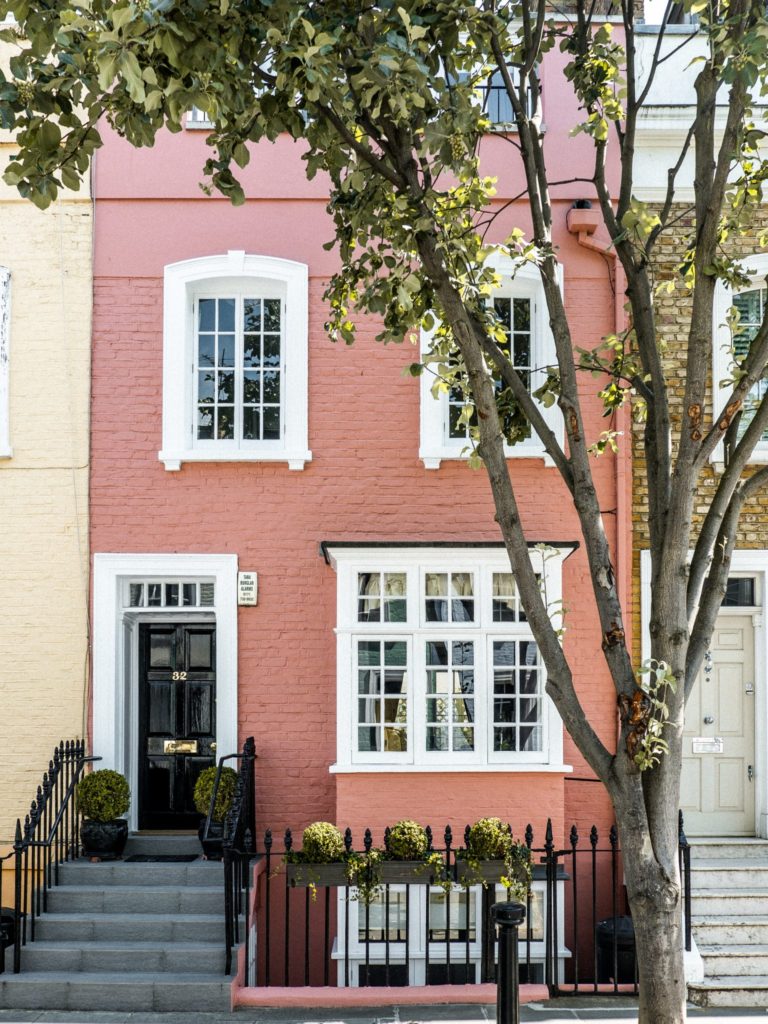
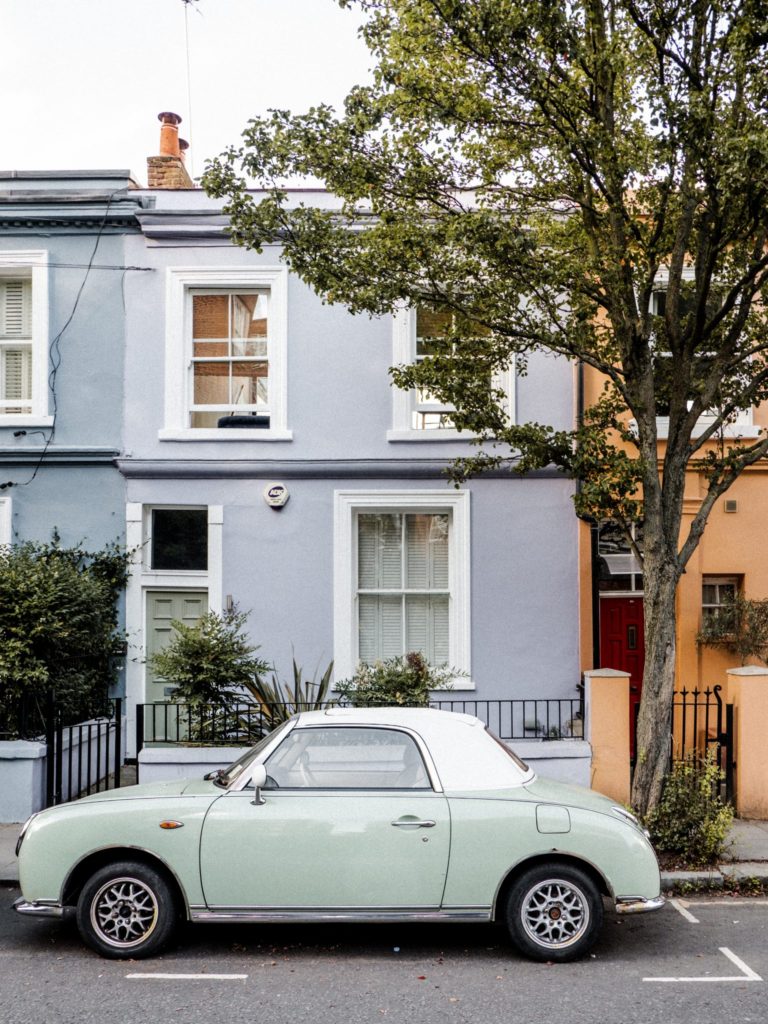
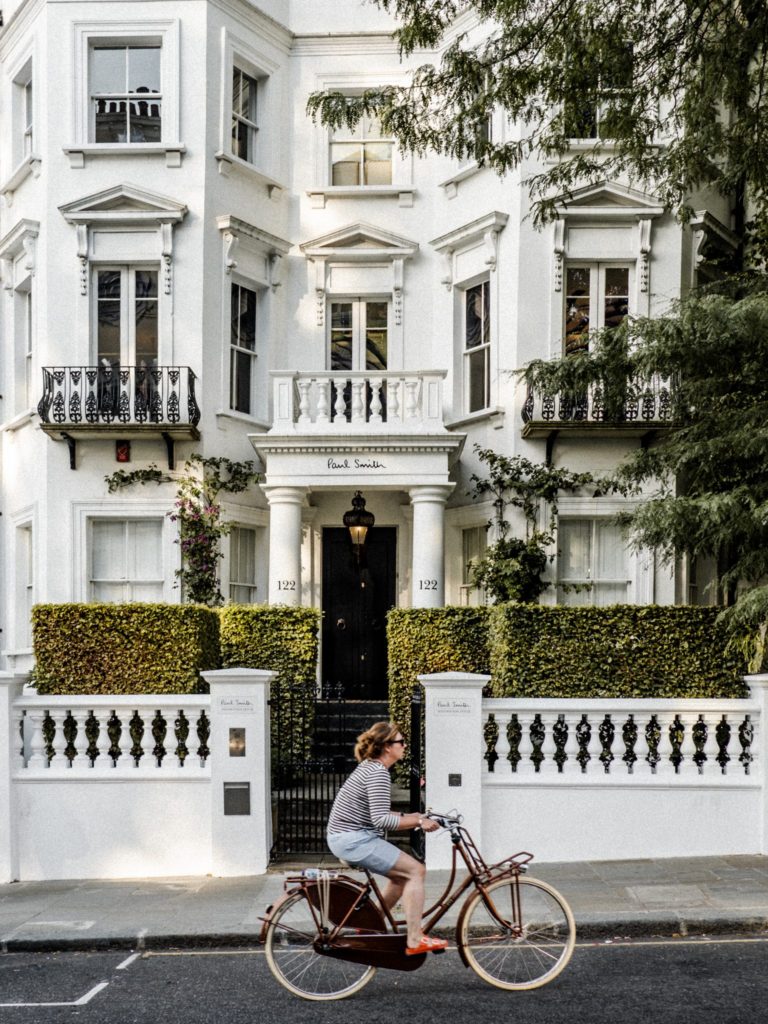

Stop number 2: Edinburgh
I had traveled to Edinburgh for the first time just a few months prior to this trip. Little did I know I would be back here so soon! Edinburgh looks much different in the summer — blue skies, bright colors, and large crowds of tourists around. My goal was to do the things I didn’t have time for in March and also revisit some of my favorite spots.
We started the day by walking down the Royal Mile and Victoria Street, and stopped by Diagon House — a shop for Harry Potter fans where you can pick up a magic wand, a house scarf, and other treasures from the Harry Potter world. After that, we visited the National Museum of Scotland and made our way to Edinburgh Castle. I had tried to go there twice on my last trip, and both times it was not during open hours. On this second visit to Edinburgh I finally managed to get inside the castle and enjoy some of the best views of the city from there!
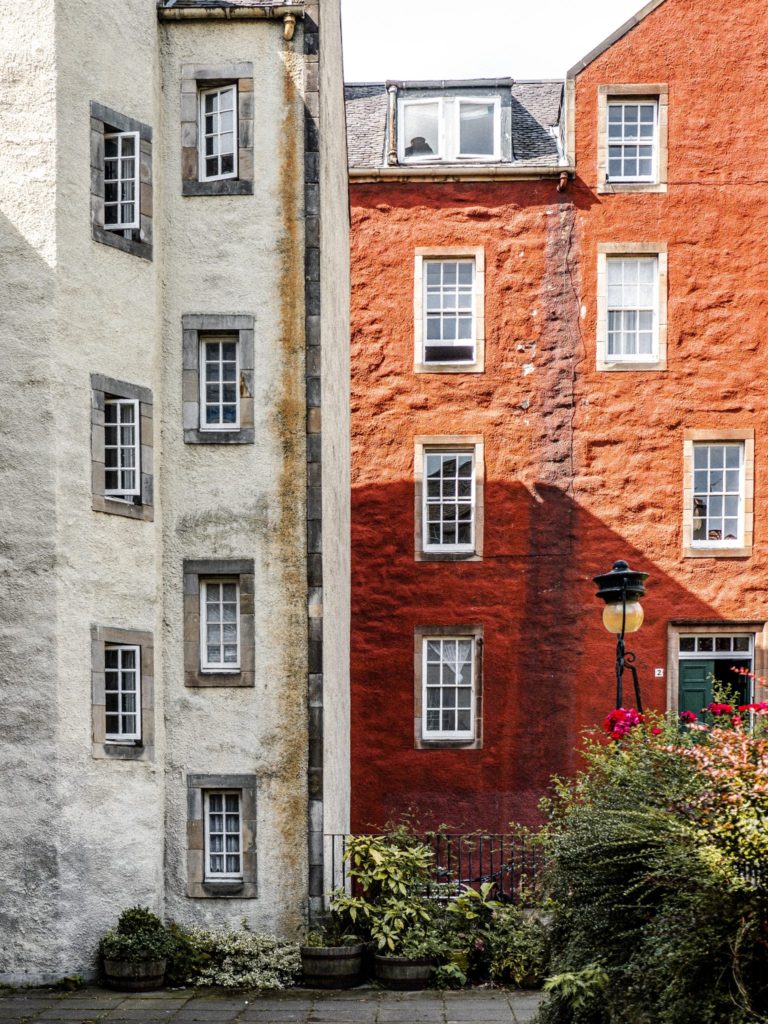
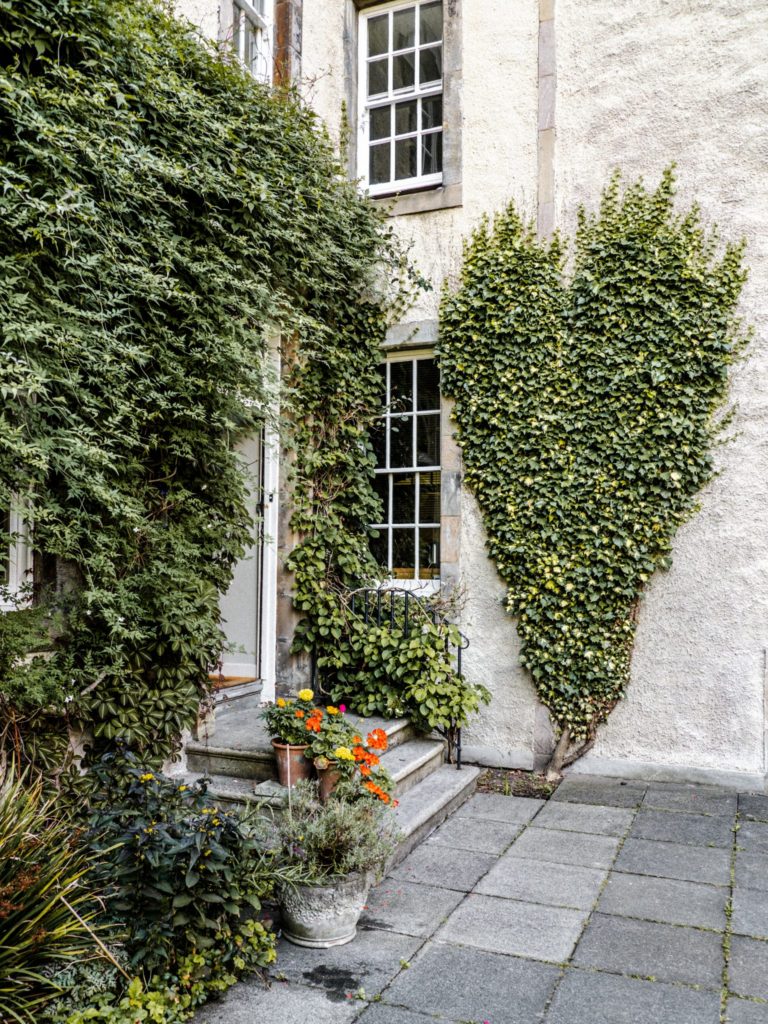
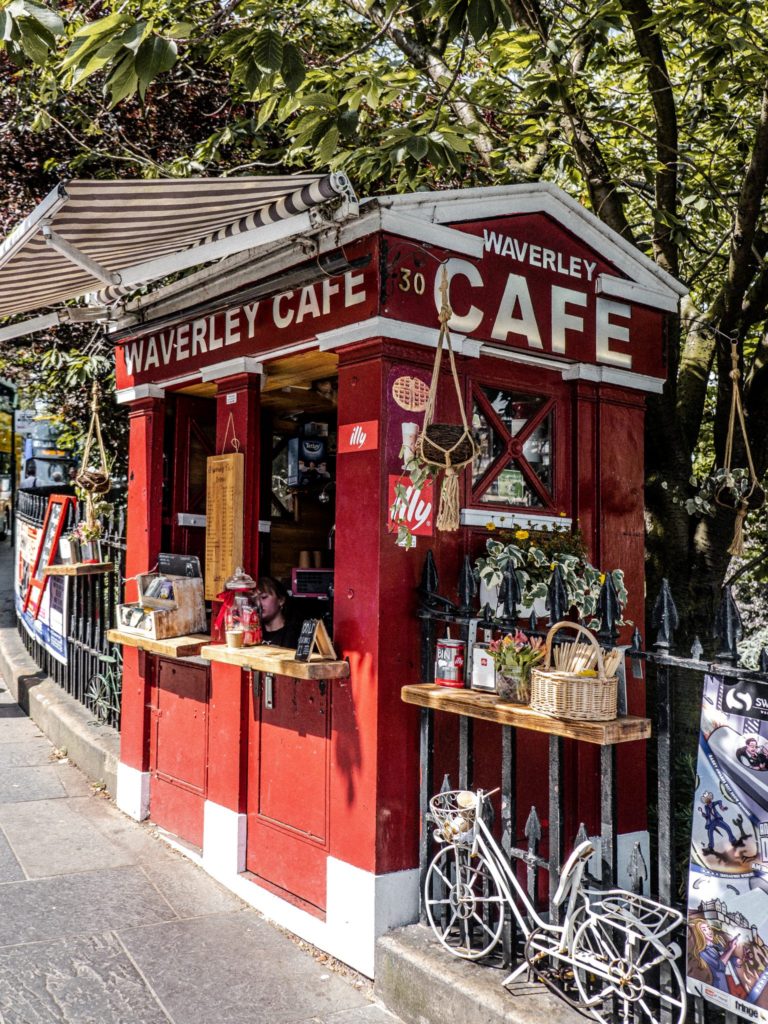
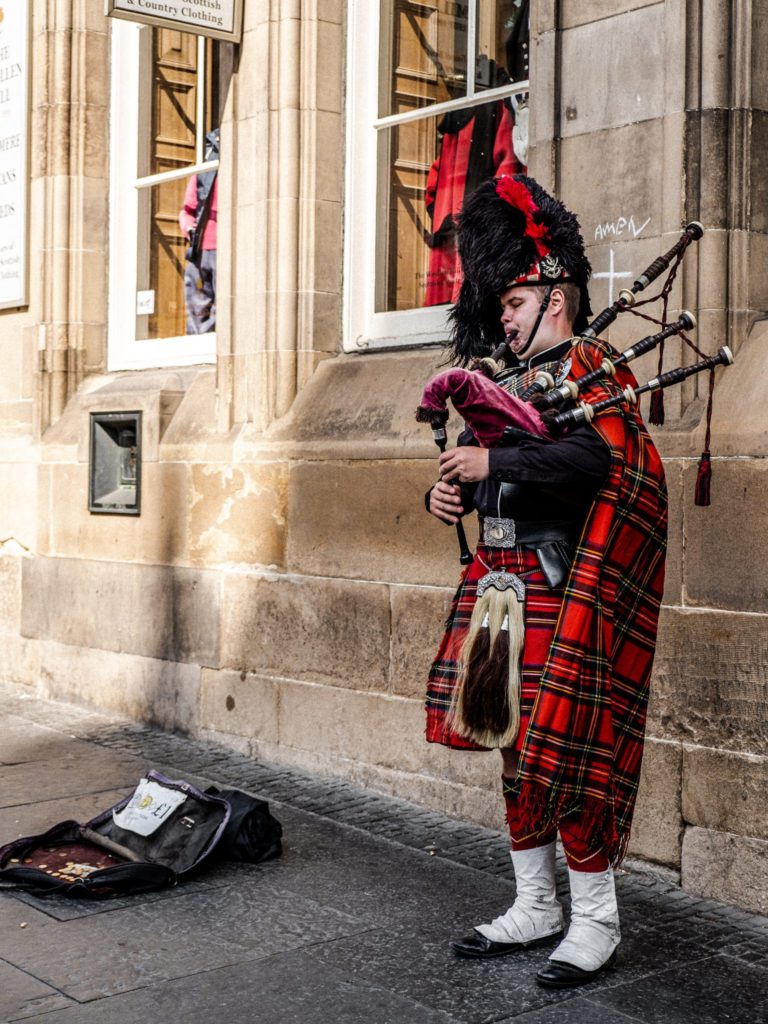
After walking around the touristy areas of Edinburgh, it was nice to explore the quieter neighborhoods. One of them is Dean Village, a place that looks like it’s straight out of a fairytale. We ended the day walking through Circus Lane, one of the prettiest streets in Edinburgh.
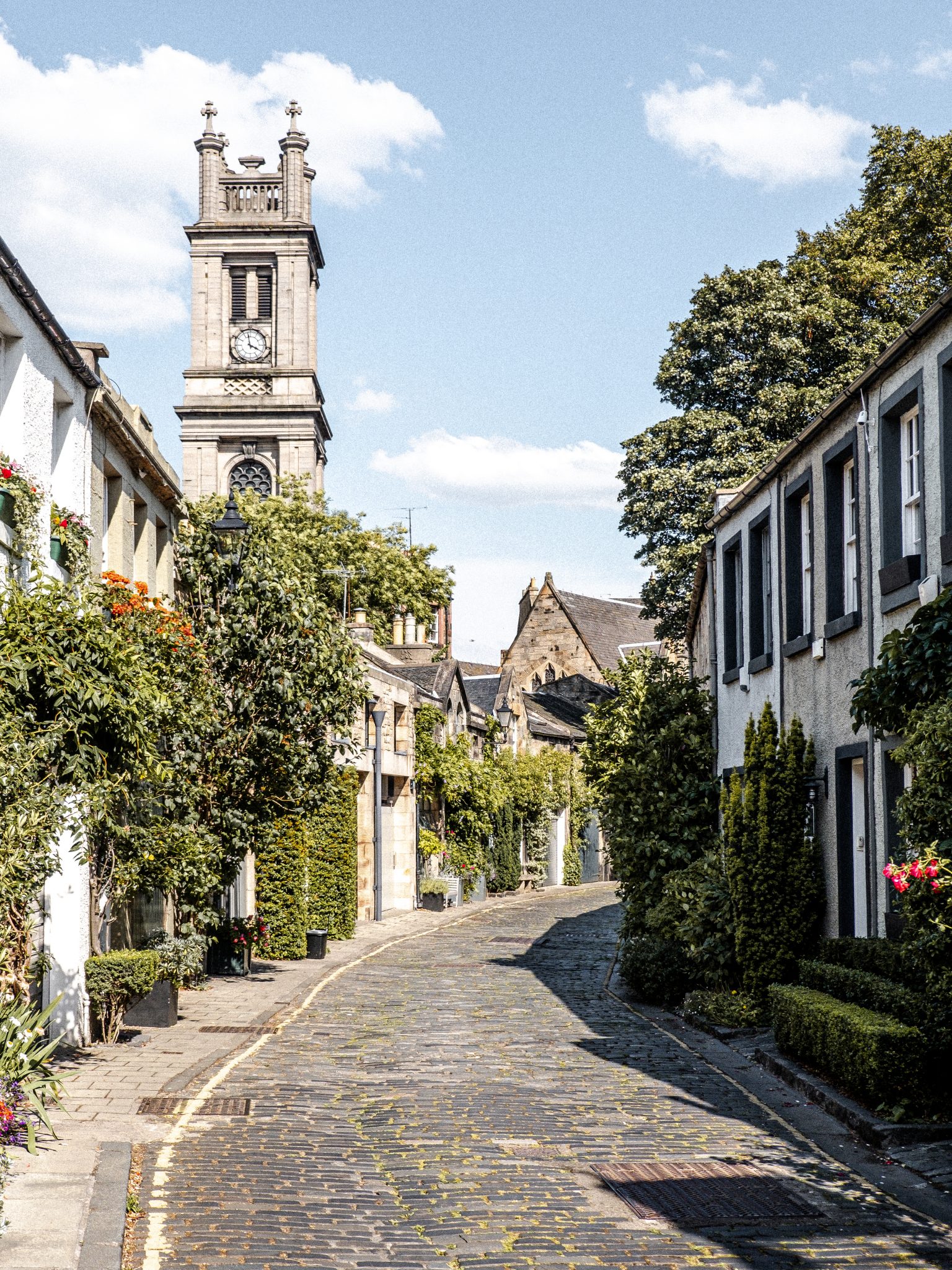
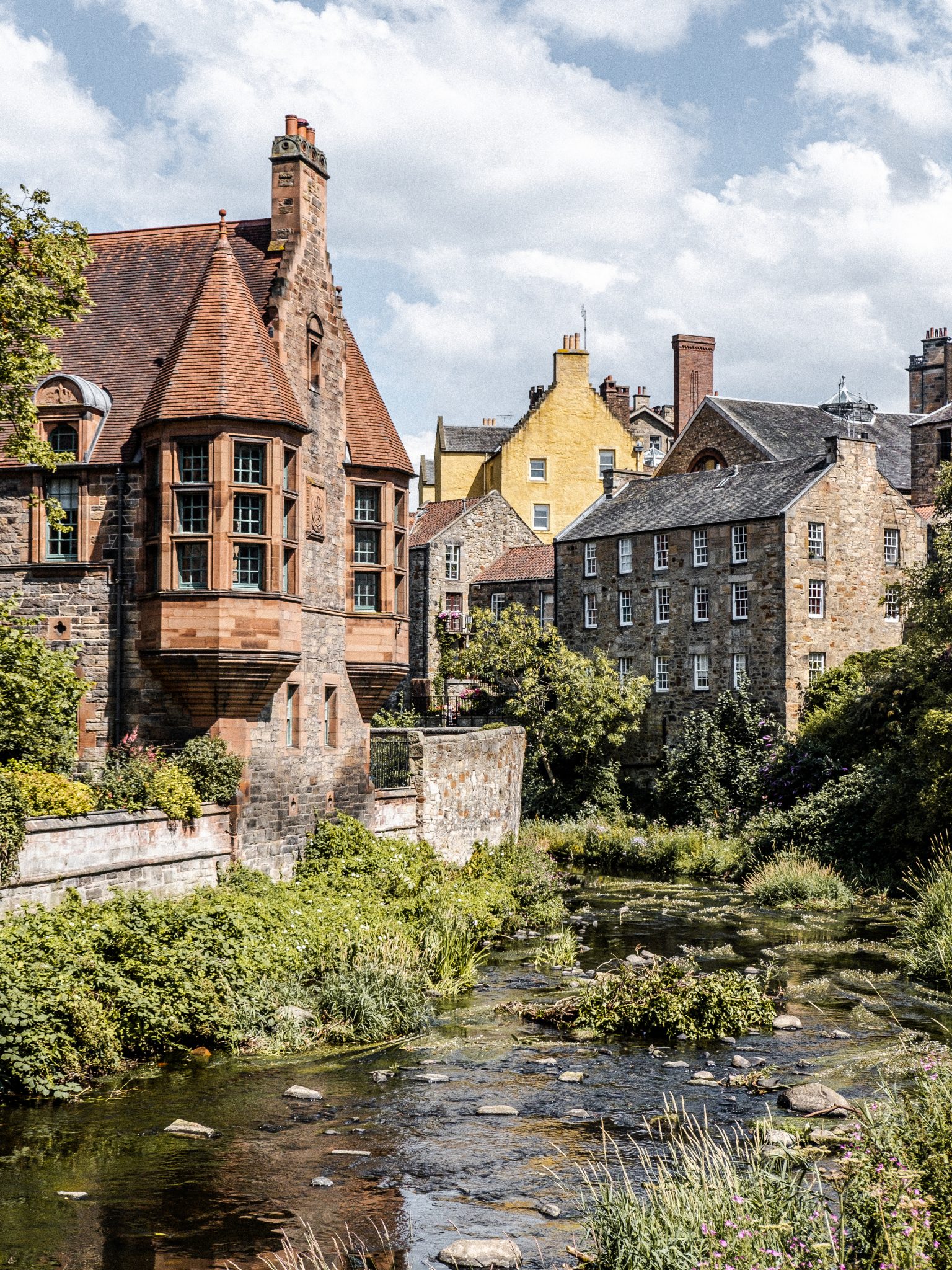
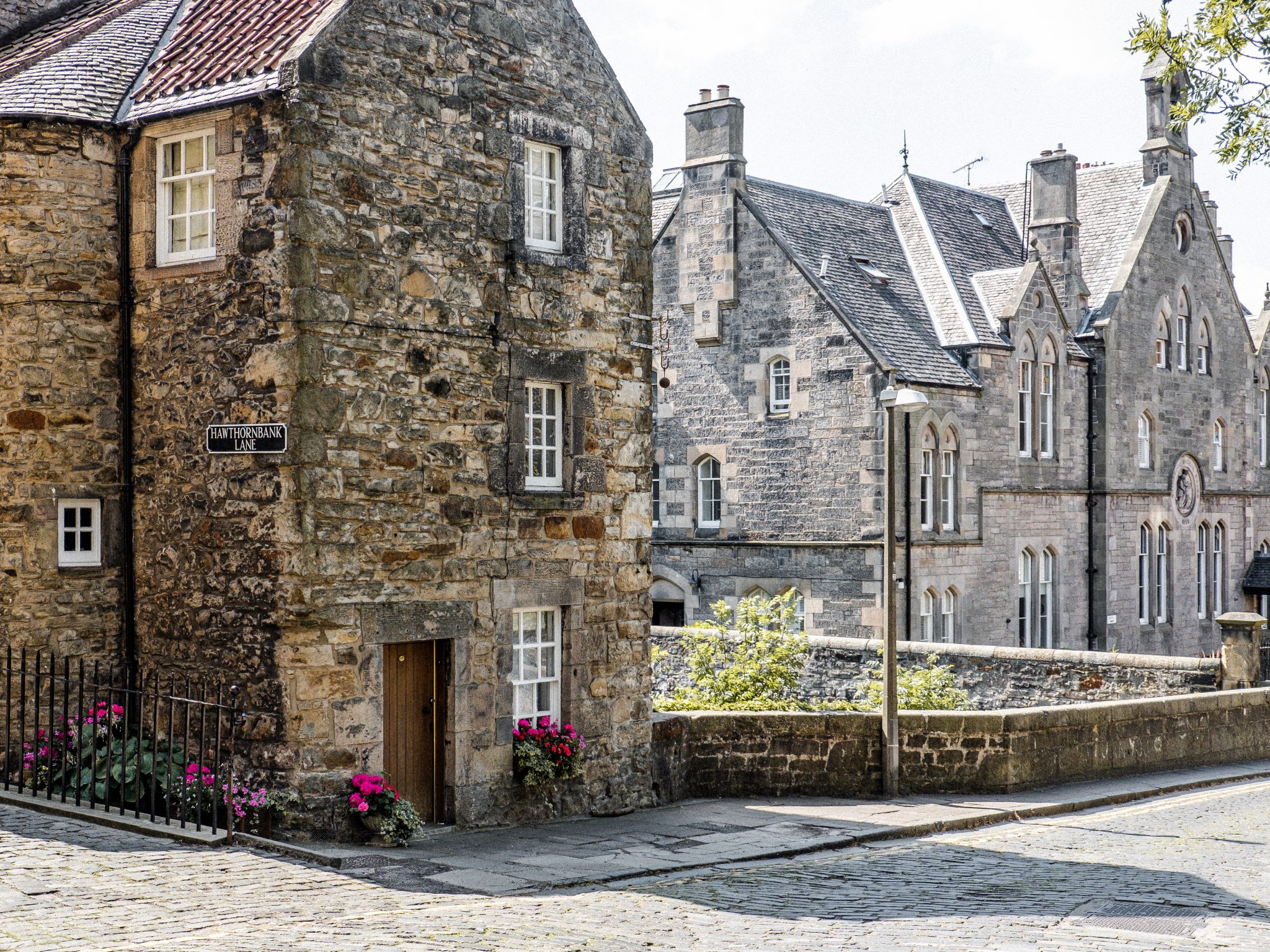
Stop Number 3: Kirkwall (orkney islands)
As we drove down Orkney’s narrow roads through miles of rolling farmland, we saw cows (in Scotland pronounced “coos”) and sheep roaming everywhere. Our friendly and knowledgeable guide, Lorna, told us all about Orkney’s amazing history, taking us first to visit the Stones of Stenness and the Ring of Brodgar. These ancient stone monuments were likely built in the Neolithic, between 4,500 and 5,000 years ago.
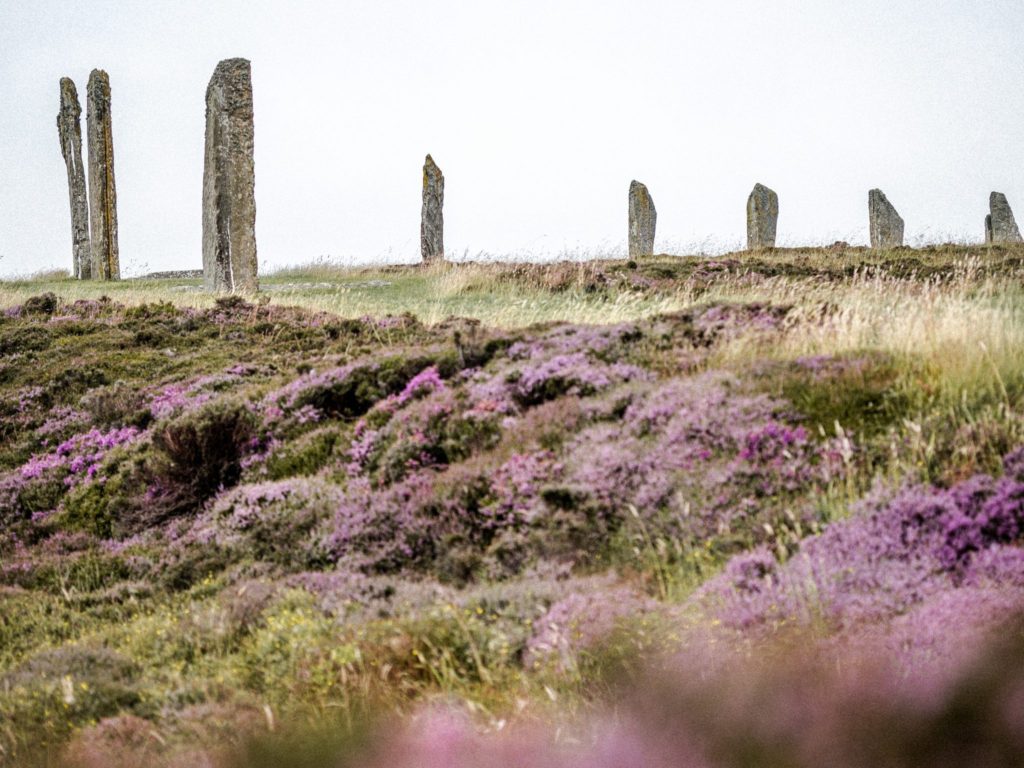
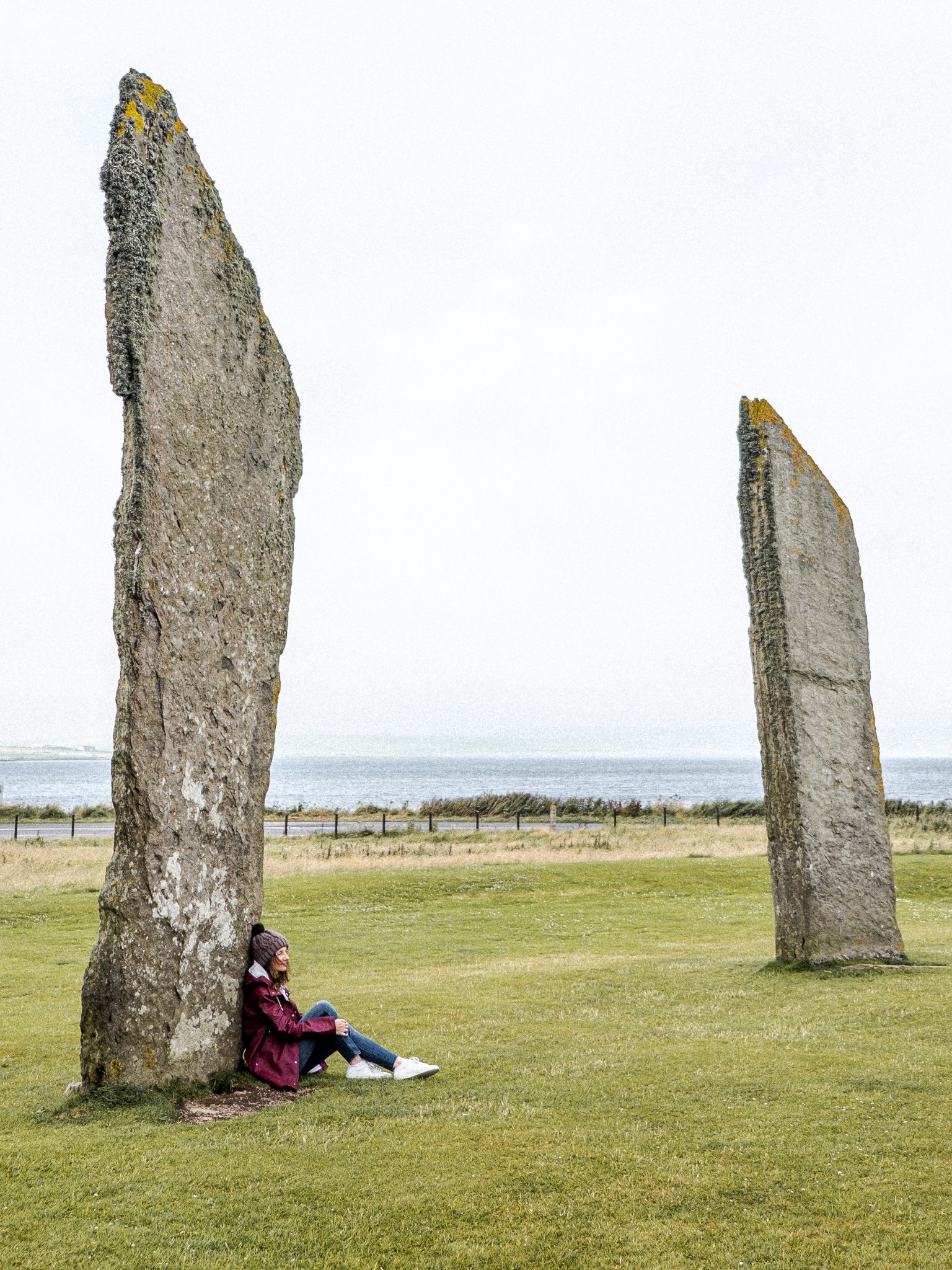
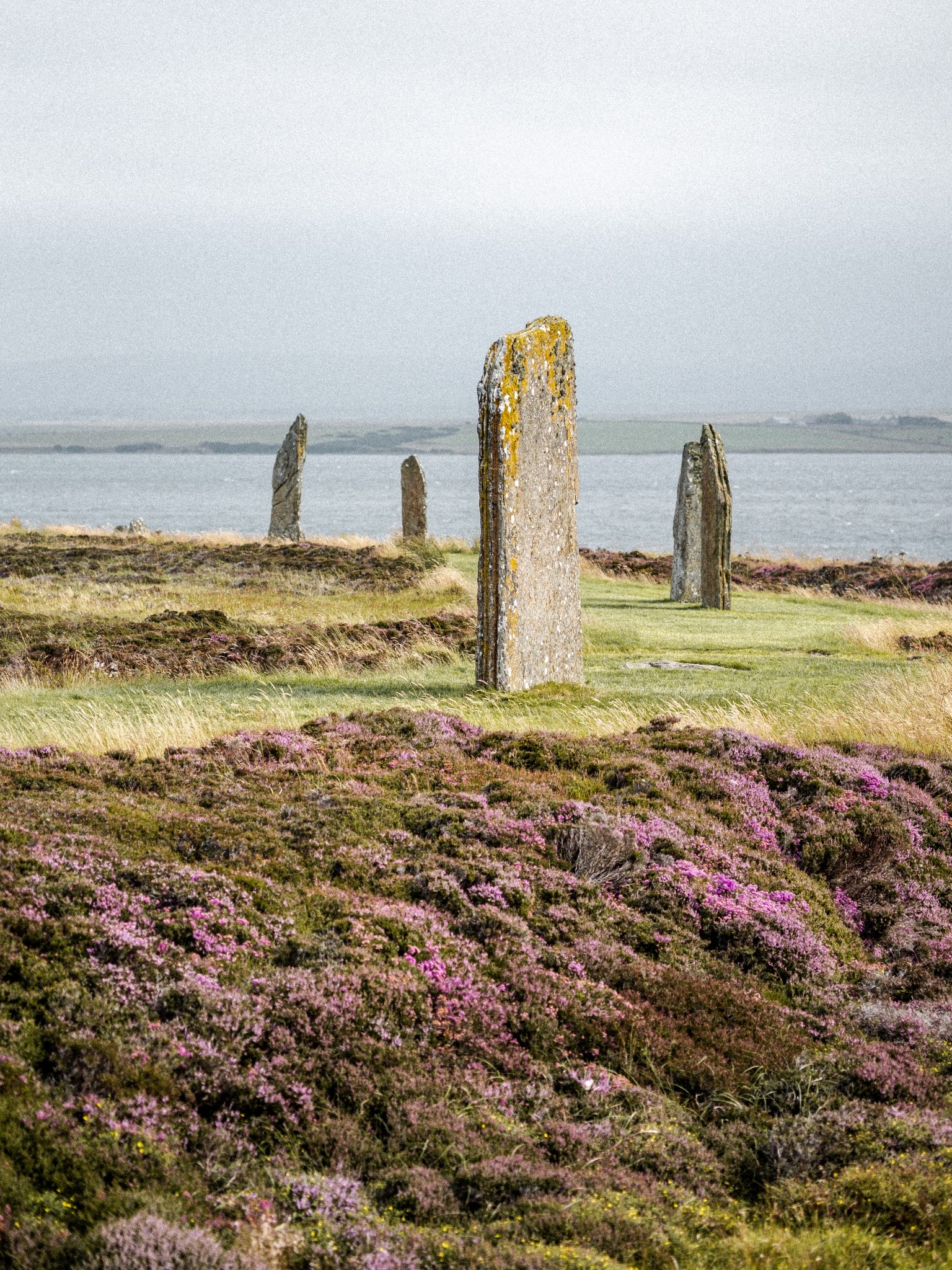
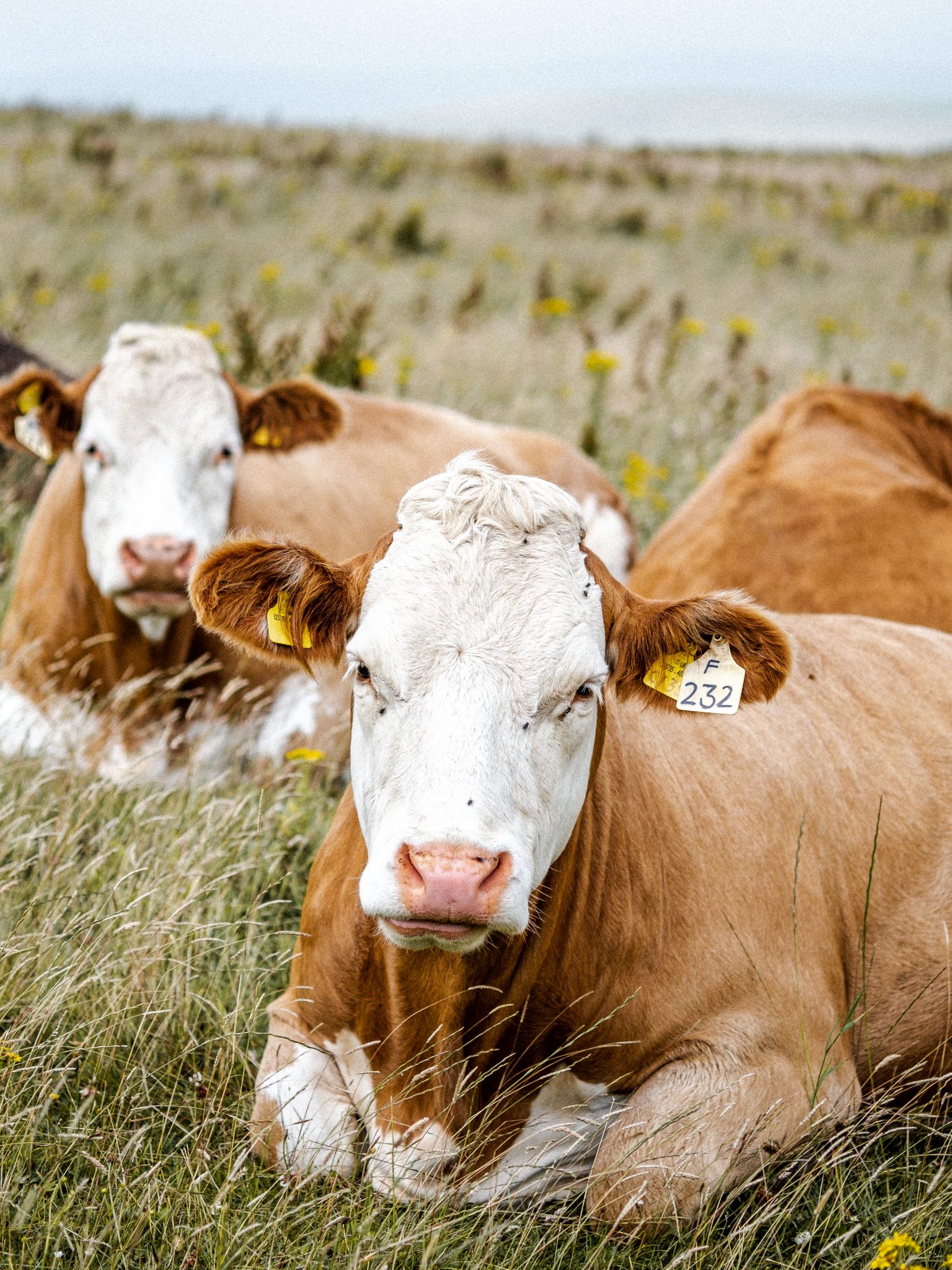
Afterwards we traveled to the western coast and hiked just under a mile to see the beautiful wave-battered cliffs of Yesnaby. Here the coastal scenery, shaped over millennia into sea stacks and caves by the Atlantic’s relentless weather, is stunning. For our final stop, Lorna brought us to Skara Brae, which is northern Europe’s best-preserved Neolithic village. It was amazing to walk through and travel in time to see how people lived so many years ago.
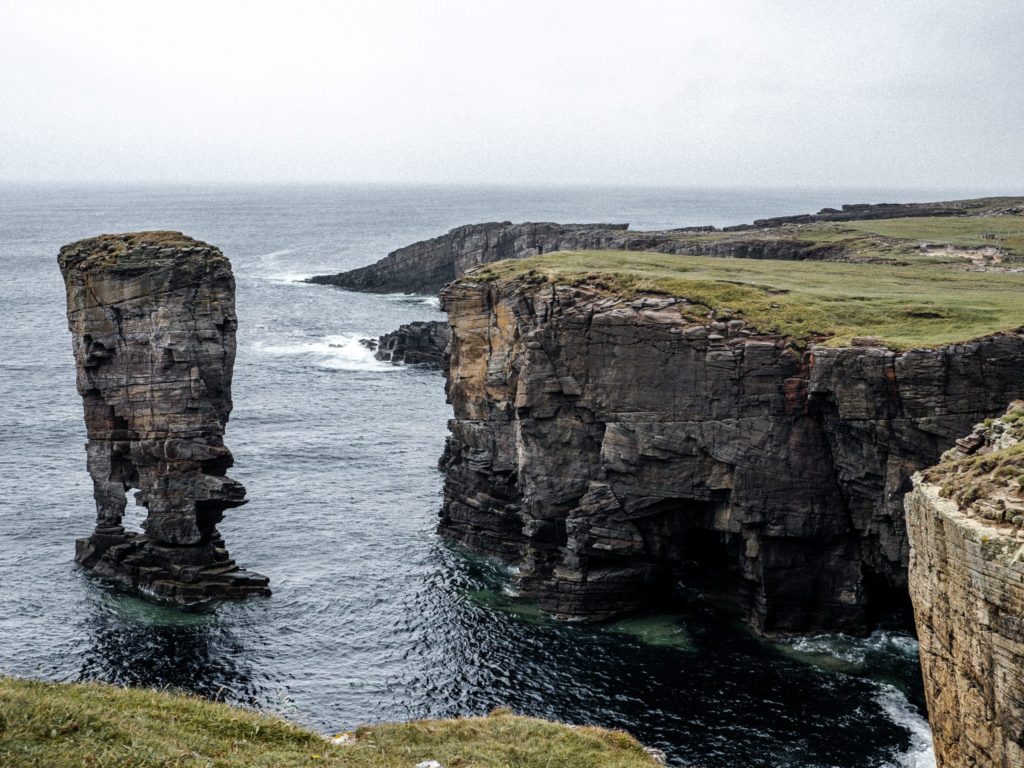
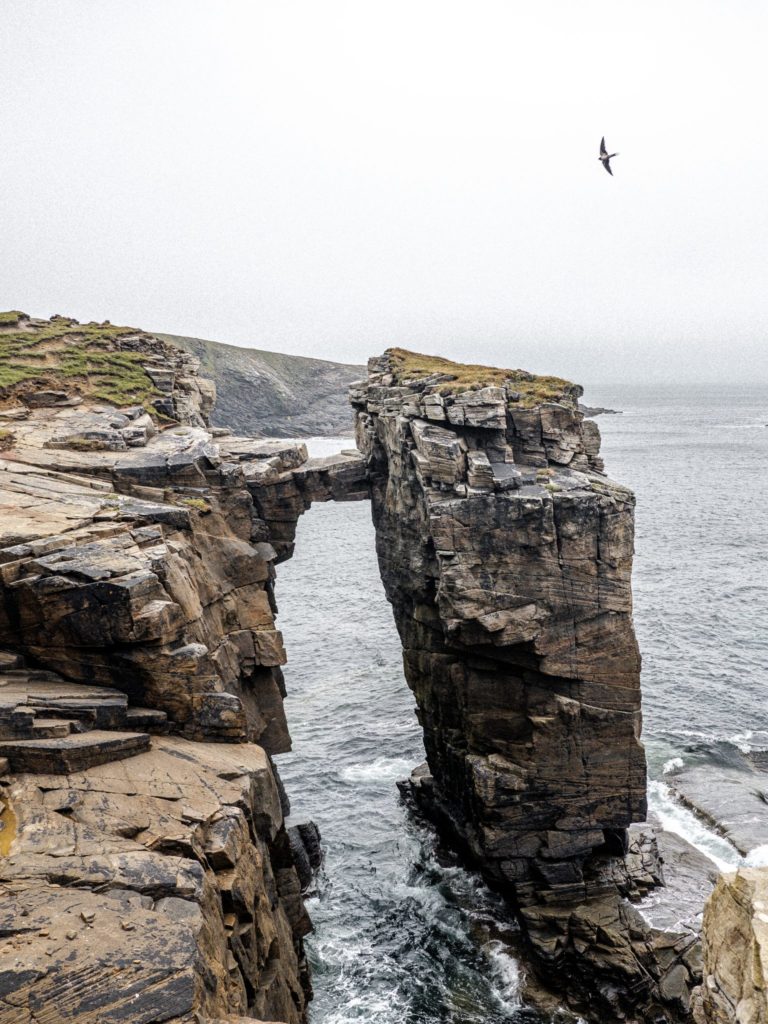
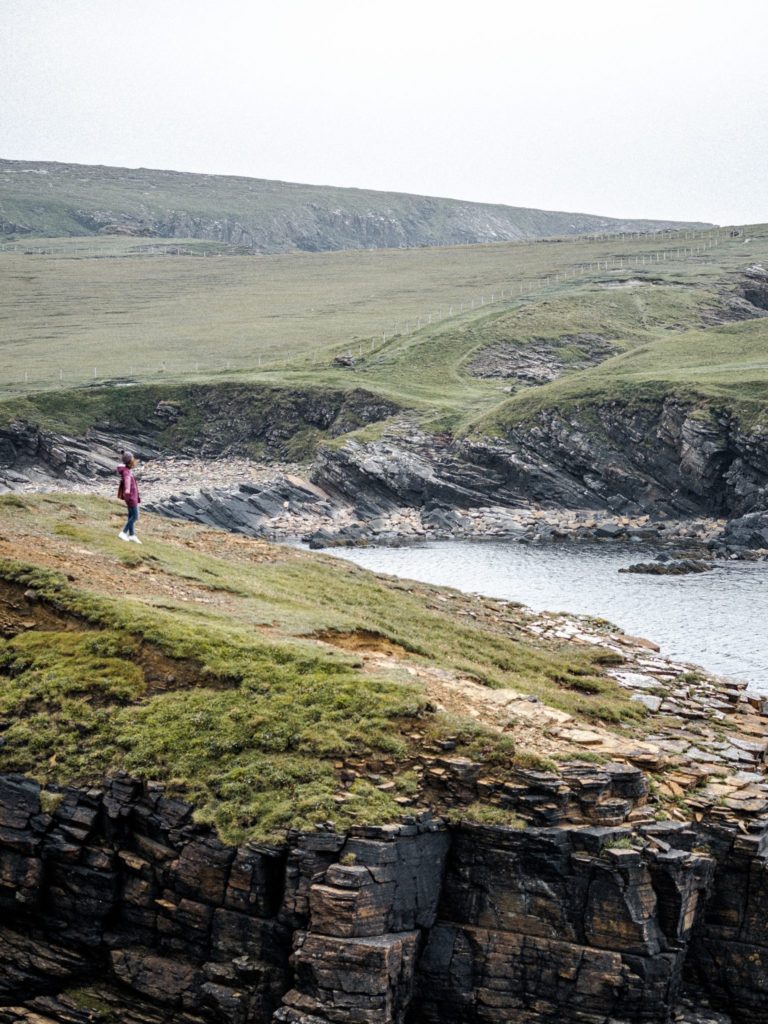
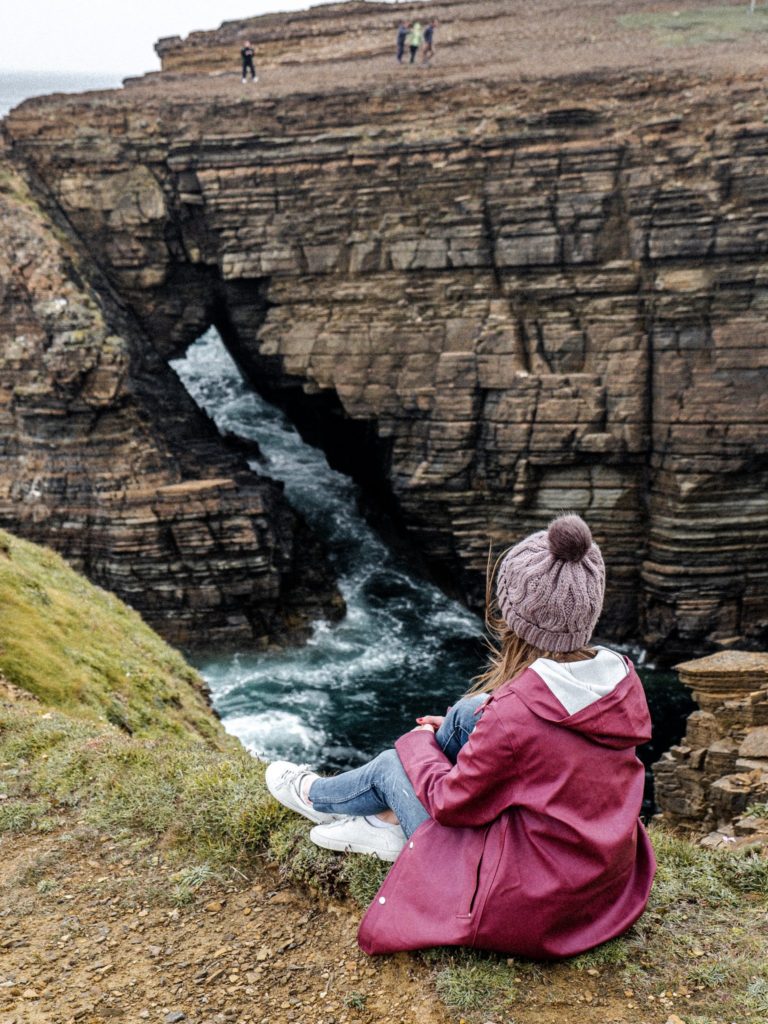

After a full morning of sightseeing, we ate lunch at one of our guide’s favorite local cafes, Judith Glue. Before returning to the ship, we spent the afternoon walking the streets of Kirkwall.
If you ever get the chance to visit Orkney, book a private tour from See Orkney. Our guide Lorna was the absolute best!
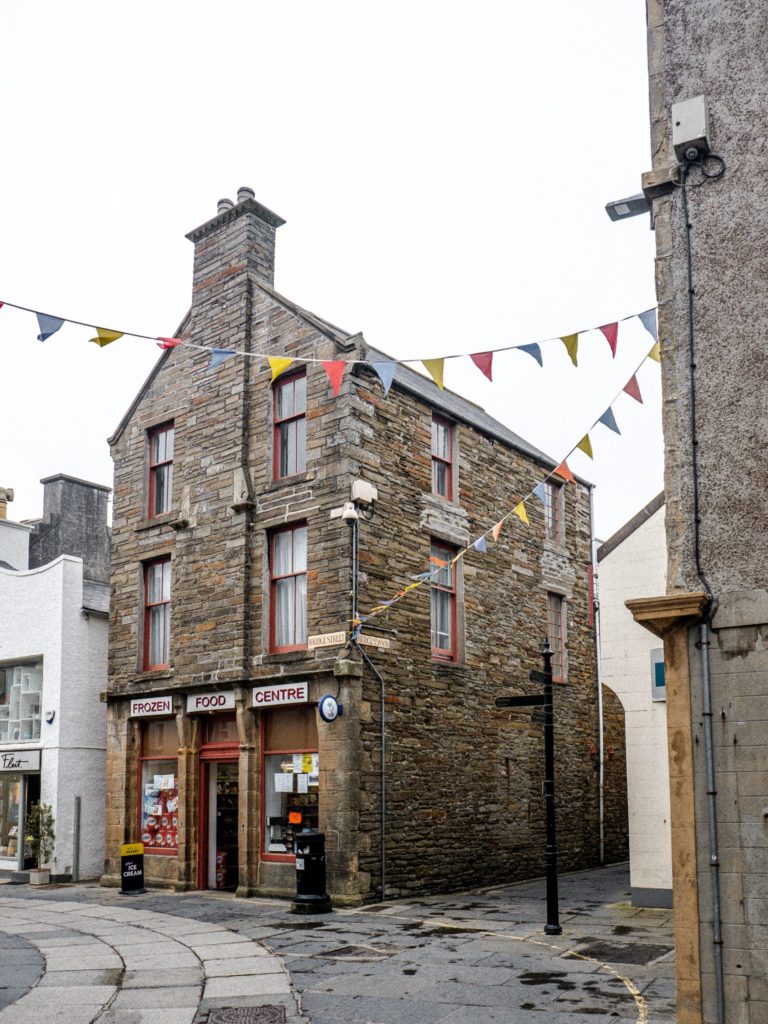
Stop Number 4: Lerwick (shetland islands)
In Shetland, as in Orkney, the wind was extreme. If you go to either place, be prepared for wild and crazy hair! Our morning tour, Ancient Civilizations of the Shetlands, took us south to Jarlshof, an amazing archaeological site on the island’s southernmost point that contains the remains of both Bronze and Iron Age structures. Once again, it was amazing to travel back in time to see an ancient way of life at once so different and so similar to our own. On our way back to Lerwick, the main port of the Shetland Islands where our ship was anchored, we stopped briefly in Hoswick, a beautiful little community on the eastern coast.
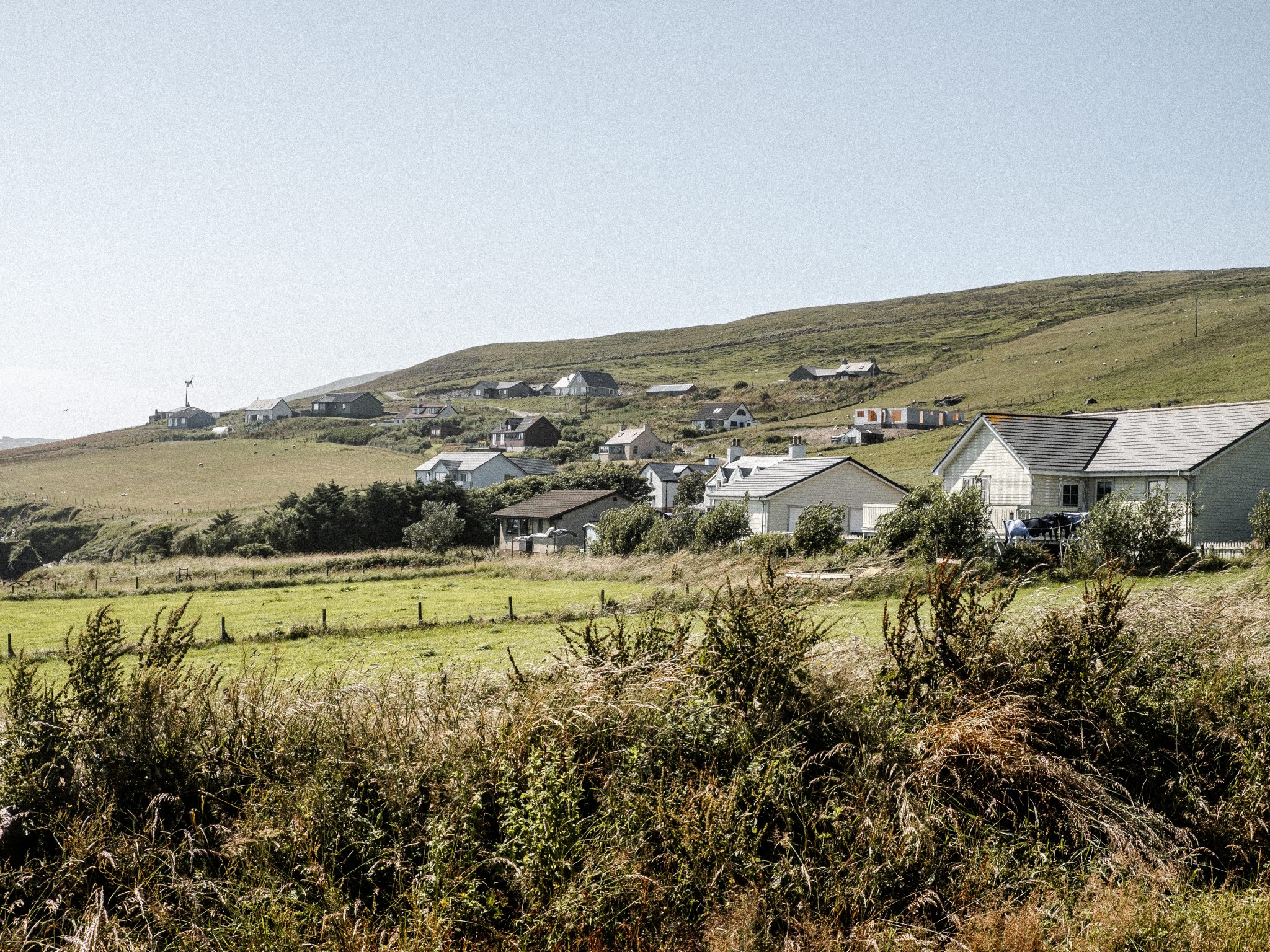
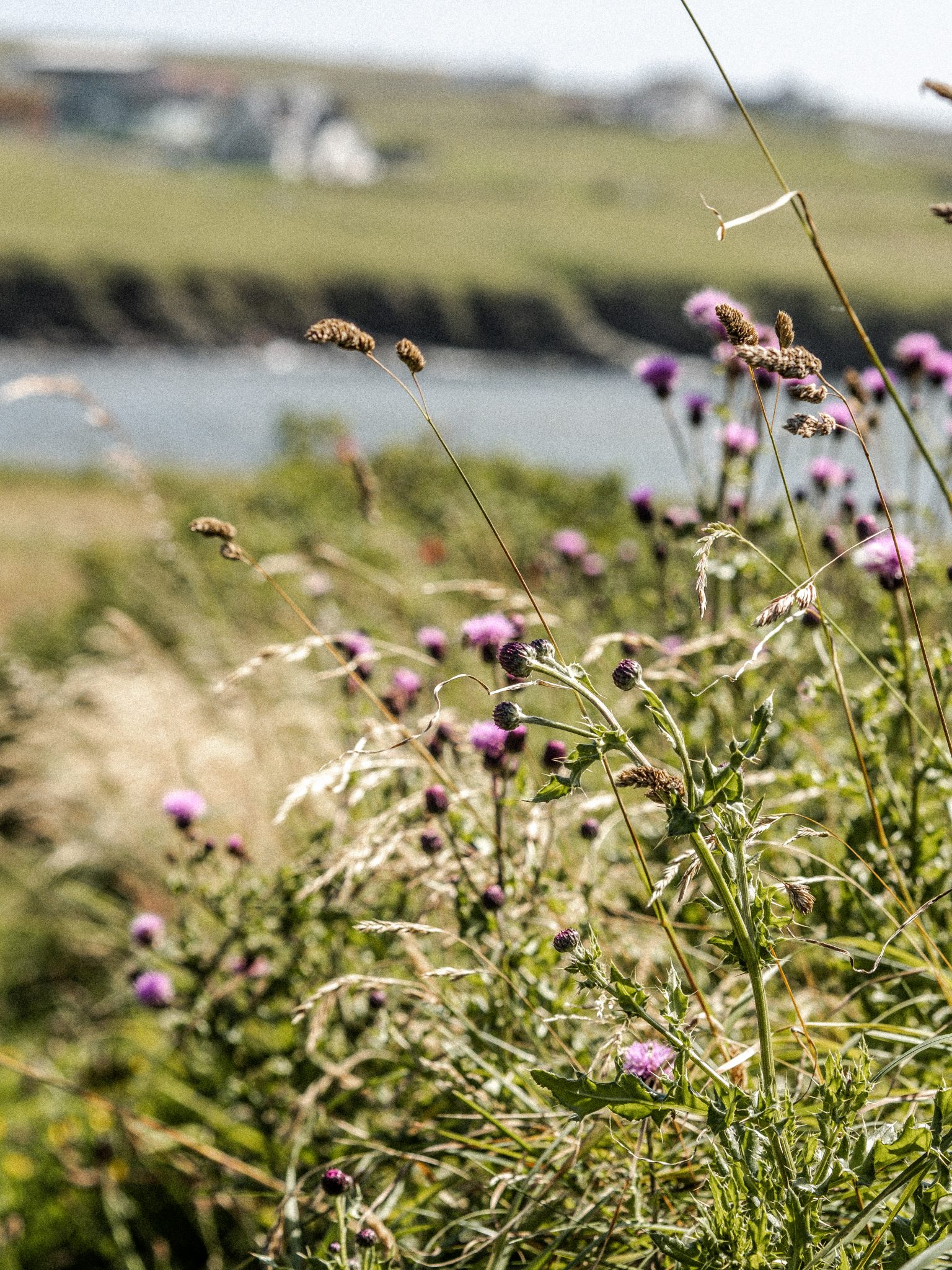
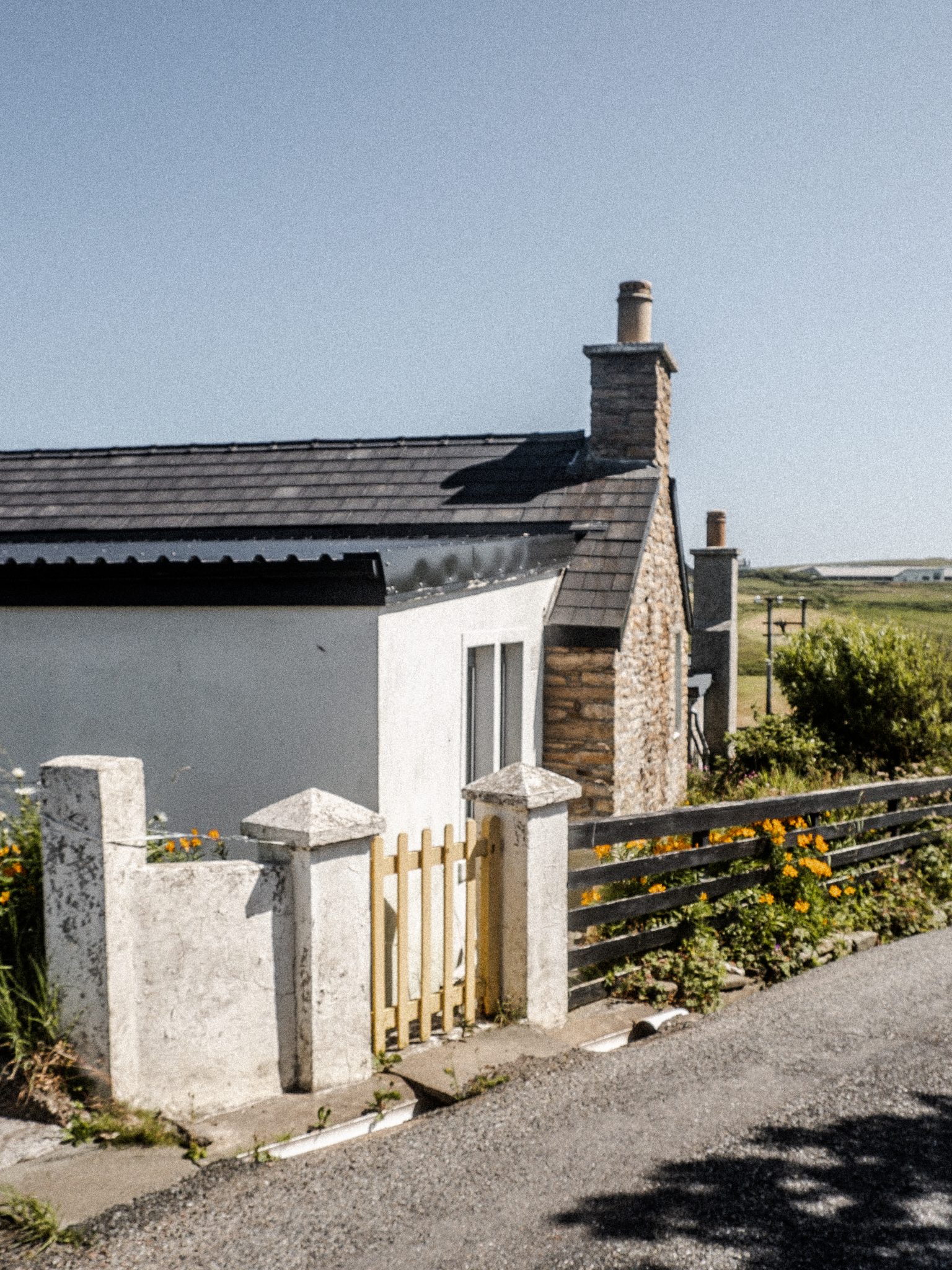
In the afternoon, purely by chance, we ended up with a large bus and tour guide all to ourselves! This time we traveled north from Lerwick through the Tingwall Valley past beautiful freshwater lochs to visit local horse breeder and enthusiast, Carol Fuller. Without a doubt, the highlight of our time in Shetland was when Carol introduced us to Oli, a six-week-old Shetland pony, and his entire family! This little guy stole our hearts from the moment we set eyes on him, and the rest of his family were extremely affectionate and playful as well.
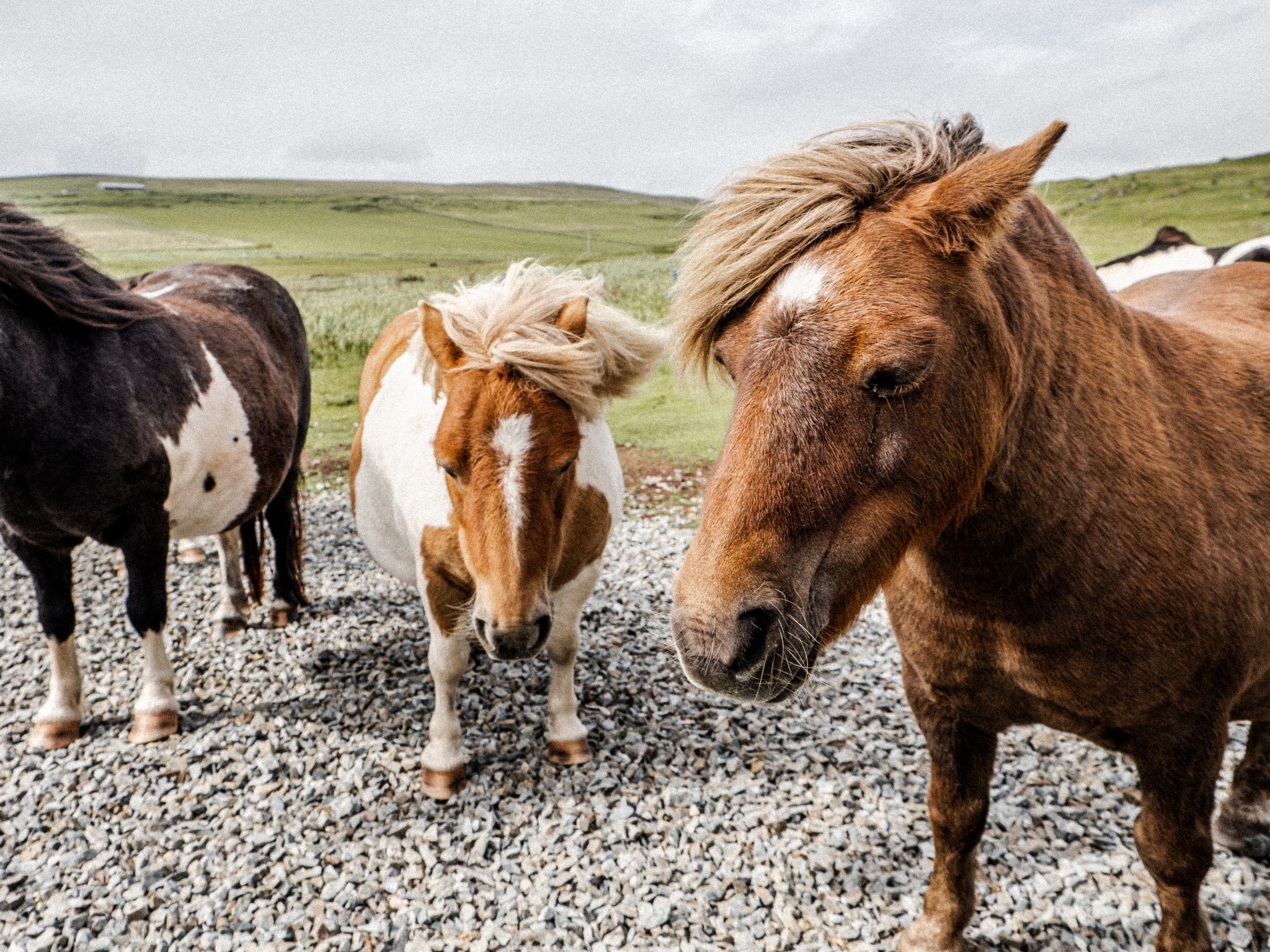
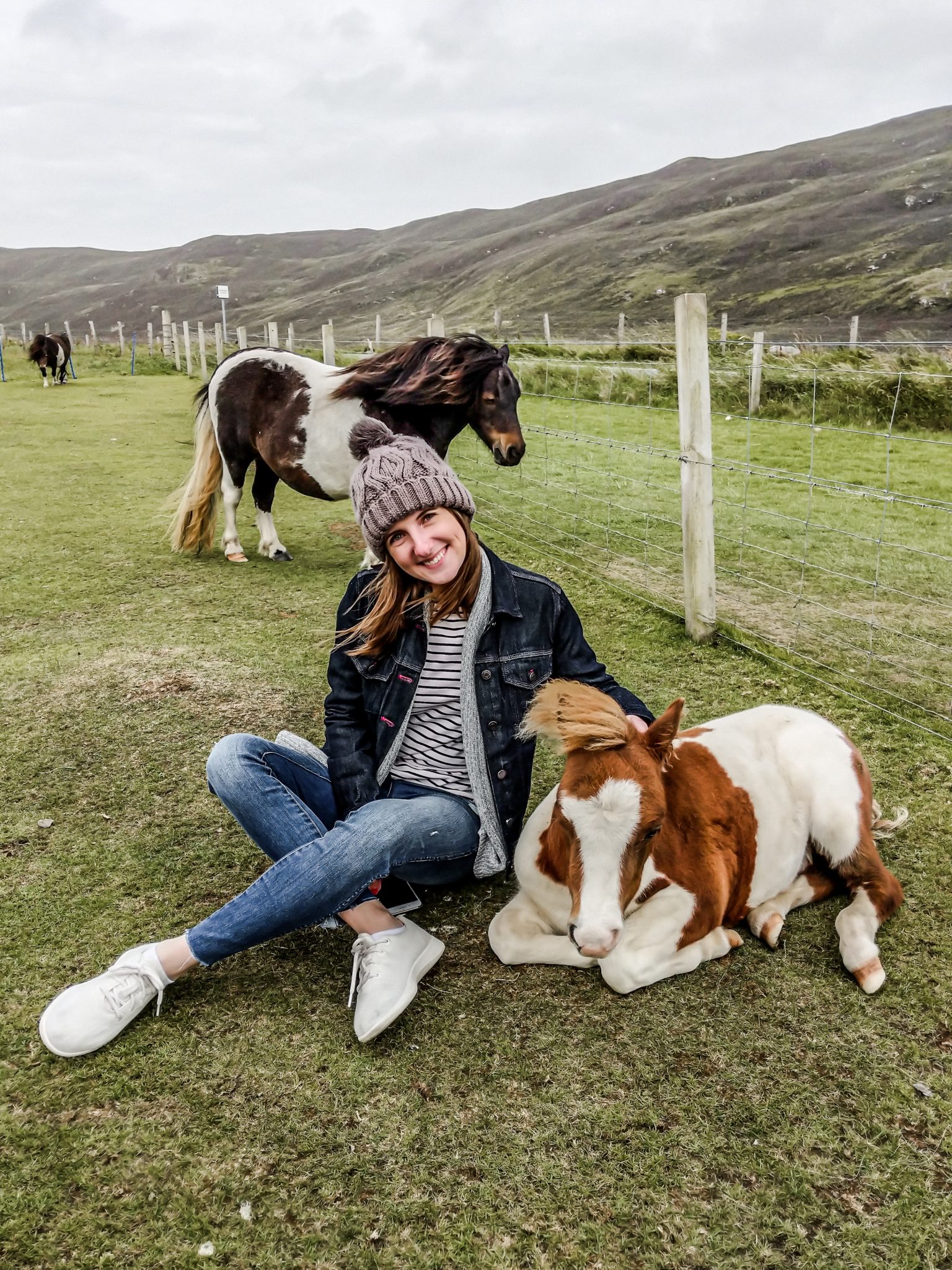
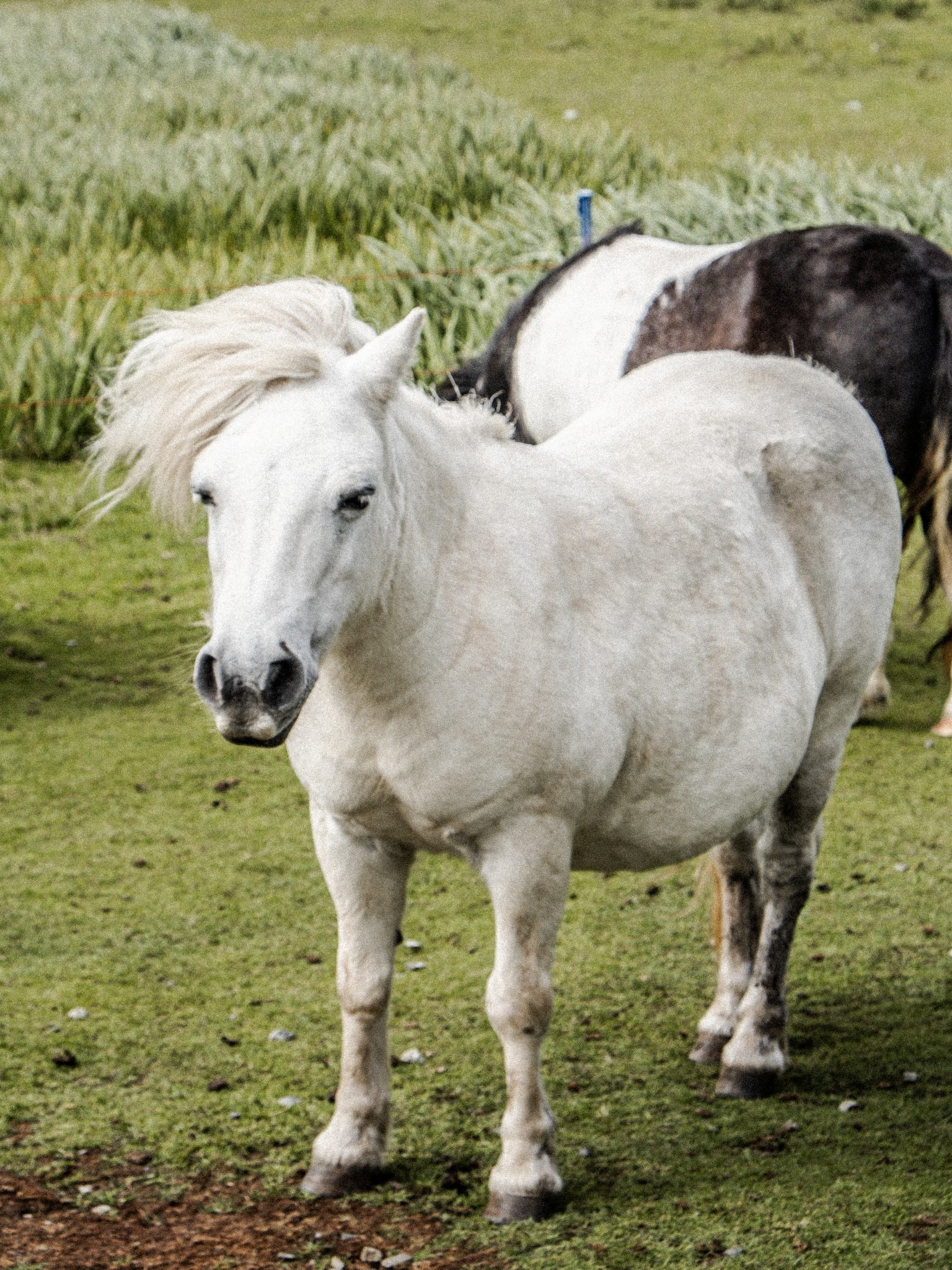
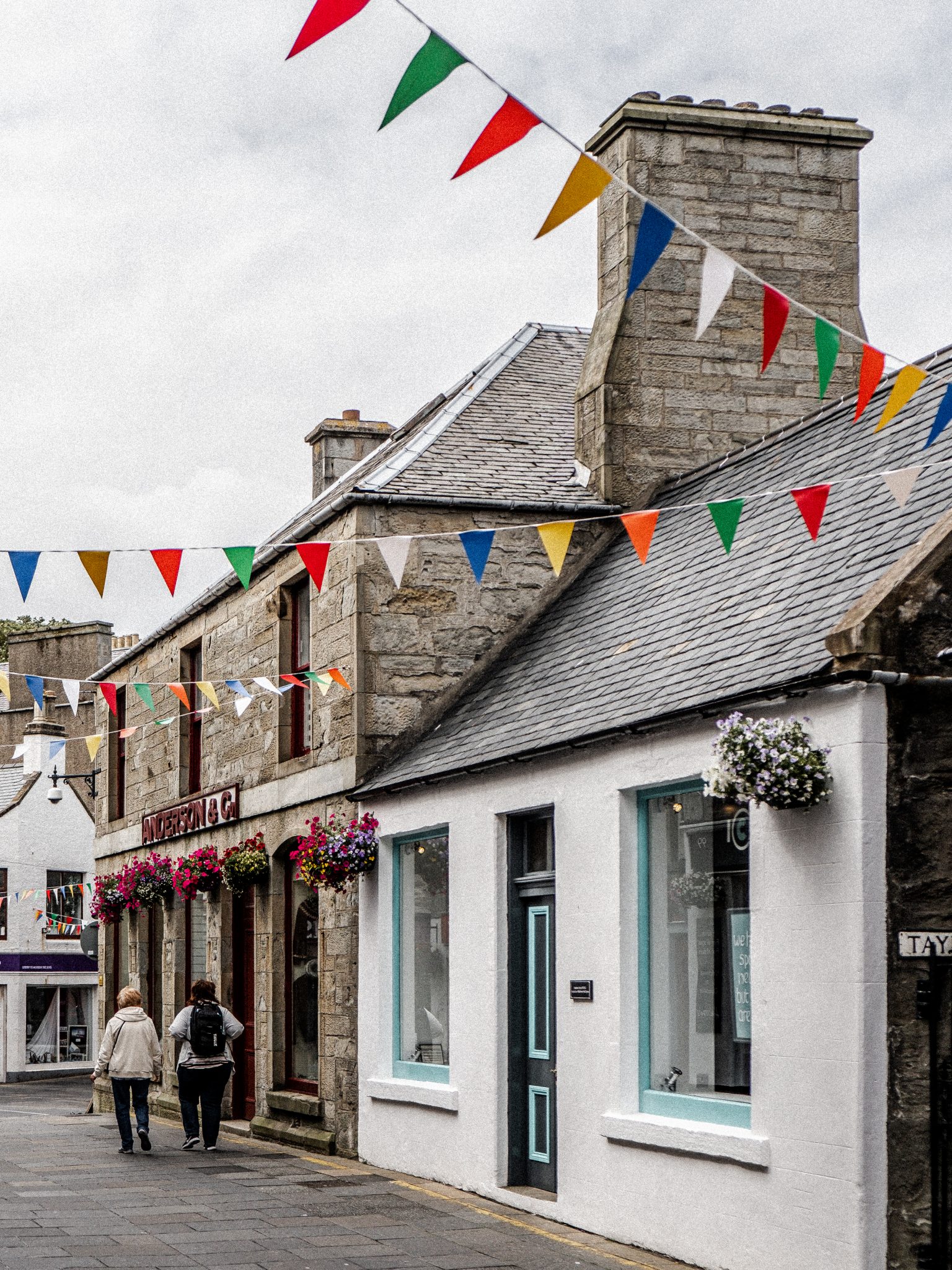
Stop Number 5: Lofoten
After a choppy day and night crossing the Norwegian Sea, we arrived early in the morning to Leknes — a small town on Norway’s Lofoten Islands that’s surrounded by breathtaking jagged peaks. In the few hours, we had to explore before the all-aboard call, we managed to see quite a lot. First, we stopped to admire the beautiful 18th-century Flakstad Church, which was built with Russian timber. Then we continued on to Sund and got to see a local blacksmith at work. Finally, we were fortunate enough to walk through Nusfjord, an idyllic fishing village that has been preserved to look just like it did in the late 19th and early 20th century. The Lofoten Islands are incredibly beautiful, so I recommend spending several days if you can. We definitely wished we’d had more time there!
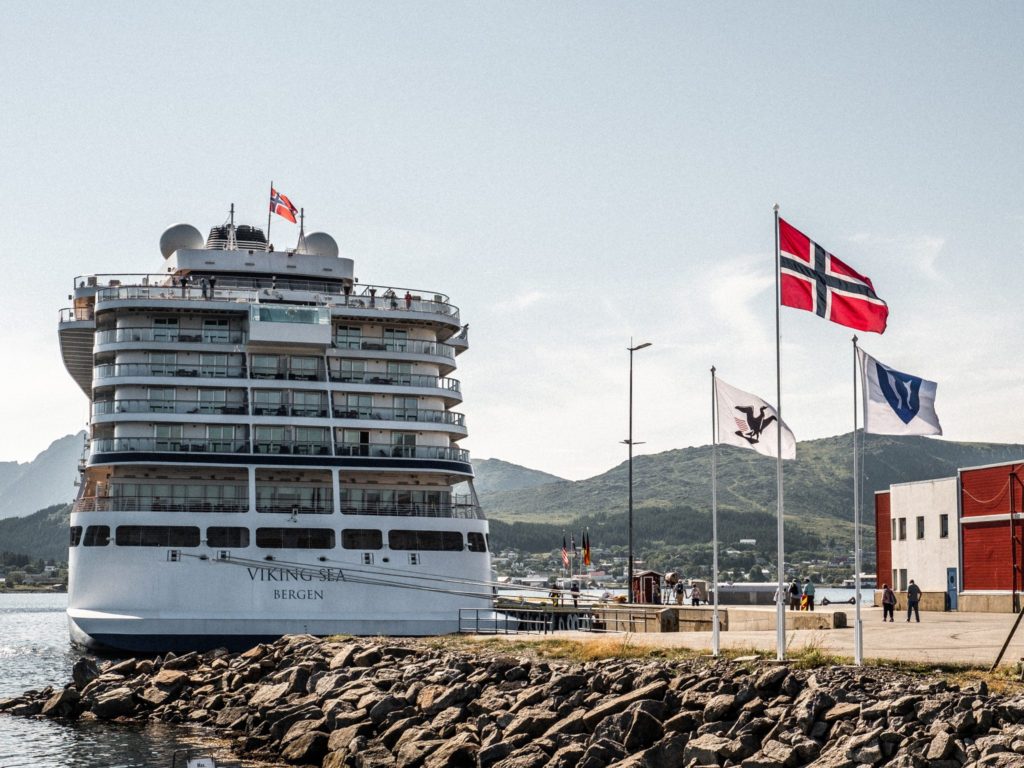
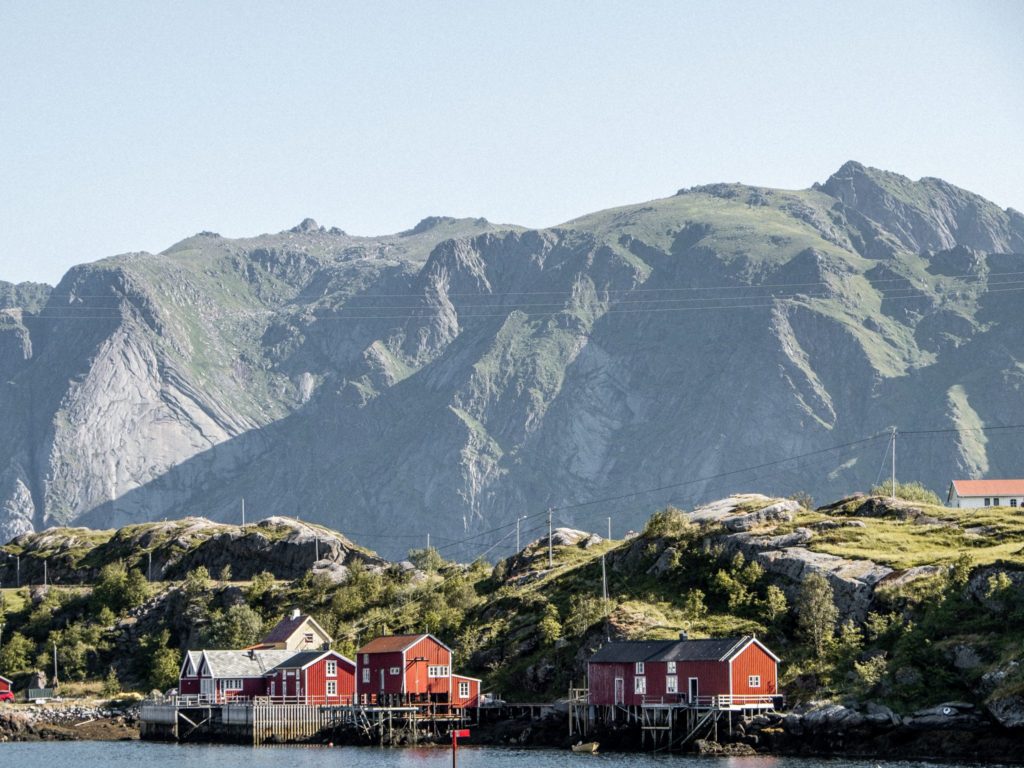
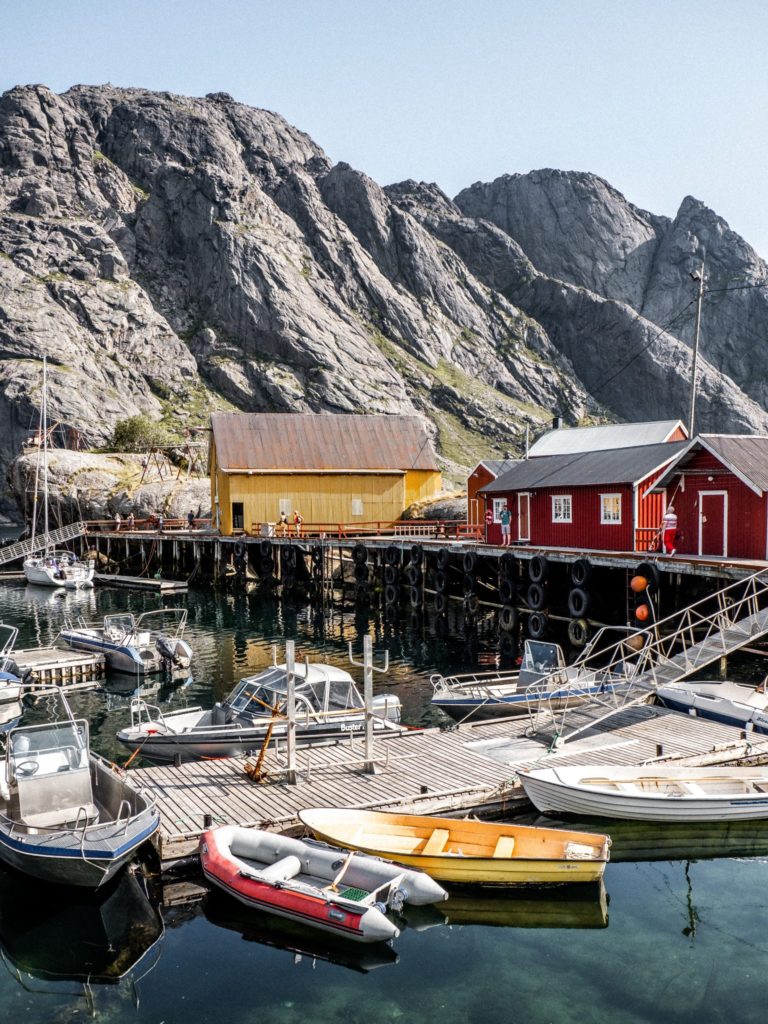
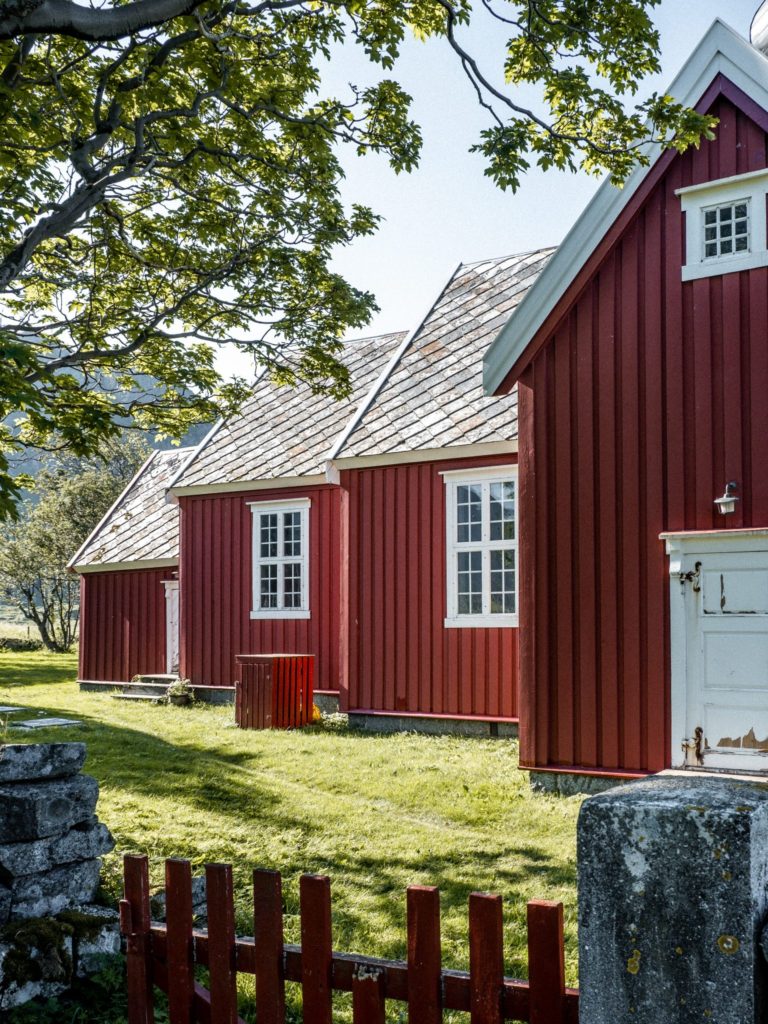
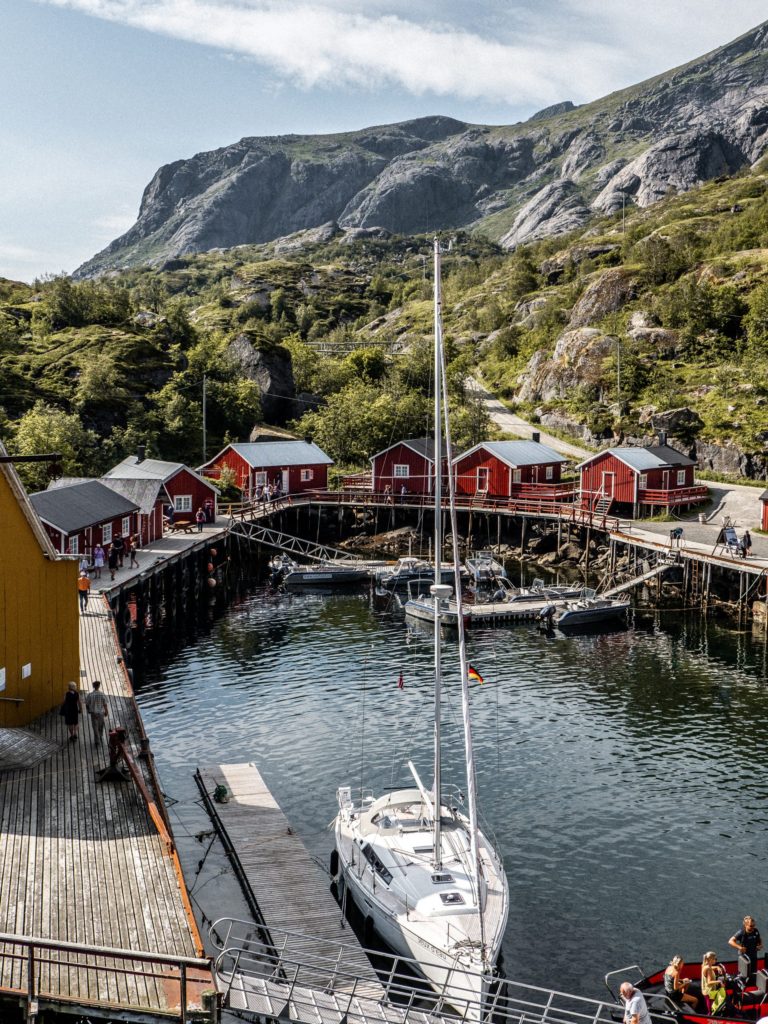
Stop Number 6: honningsvag
From the harbor at Honningsvag, a small town overlooking a pristine bay in the Barents Sea, we traveled north by bus to North Cape. The northernmost point in Europe that can be accessed by car, North Cape is only 1,300 miles from the North Pole. The day we were there, it was surprisingly hot (around 85 F) for the Arctic Circle. Even though we didn’t get to experience the Arctic cold as we had anticipated, at least we got to see reindeer roaming the barren tundra along the way!


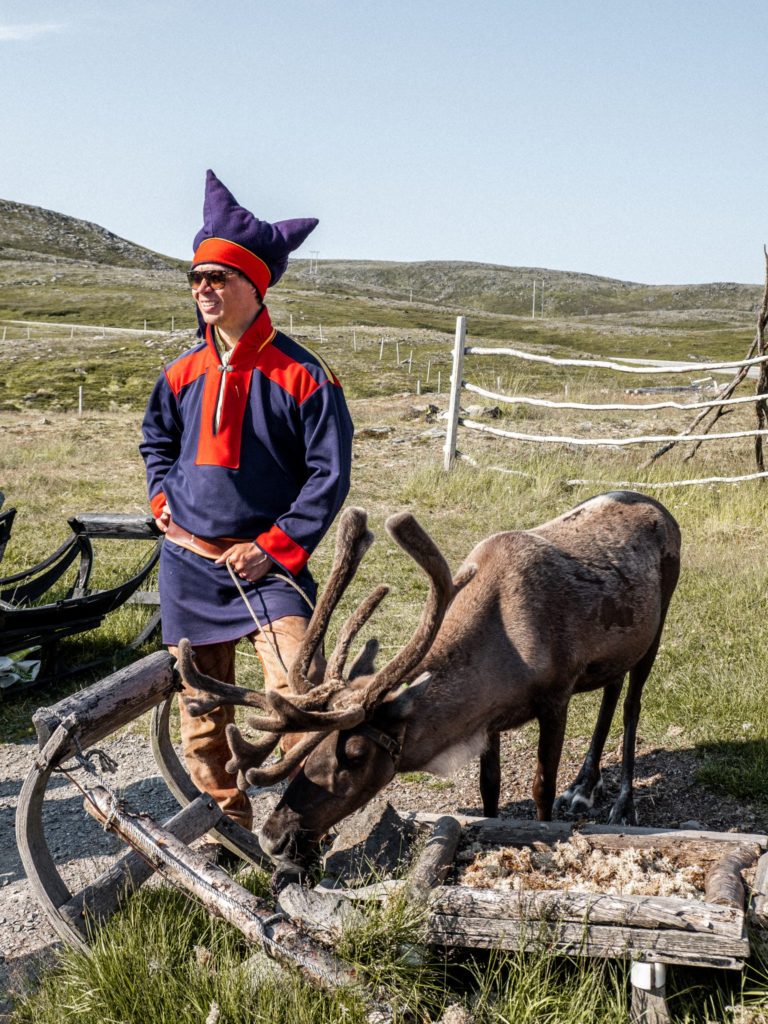
the midnight sun
On our way to and from North Cape, we got to experience the midnight sun, a phenomenon that occurs in the summer months in places north of the Arctic Circle. From mid-May to the end of July, the sun never sets. Even though we arrived in early August, the nighttime in these Arctic waters was still spectacular. Standing on the deck at the top of the ship just after 11:00 pm we watched the blood orange sun slowly sink below the horizon. The sky never became fully dark, but remained brilliantly pink and soft purple for roughly 45 minutes before rising once again, seemingly from the Atlantic ocean, to begin a new day.
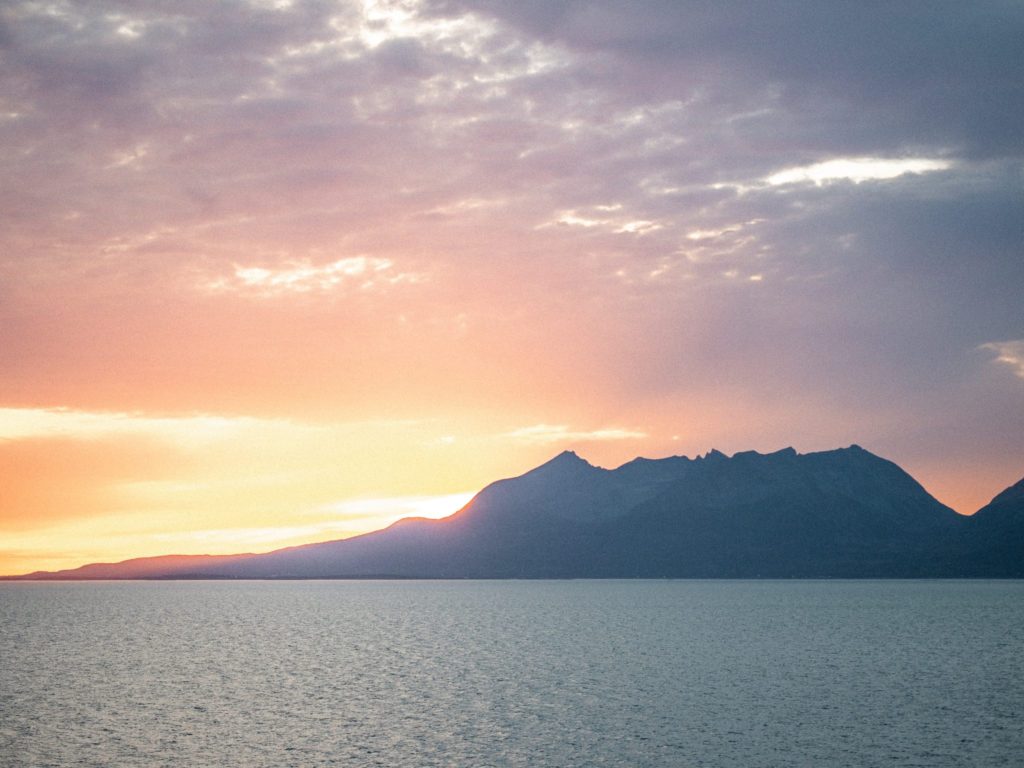
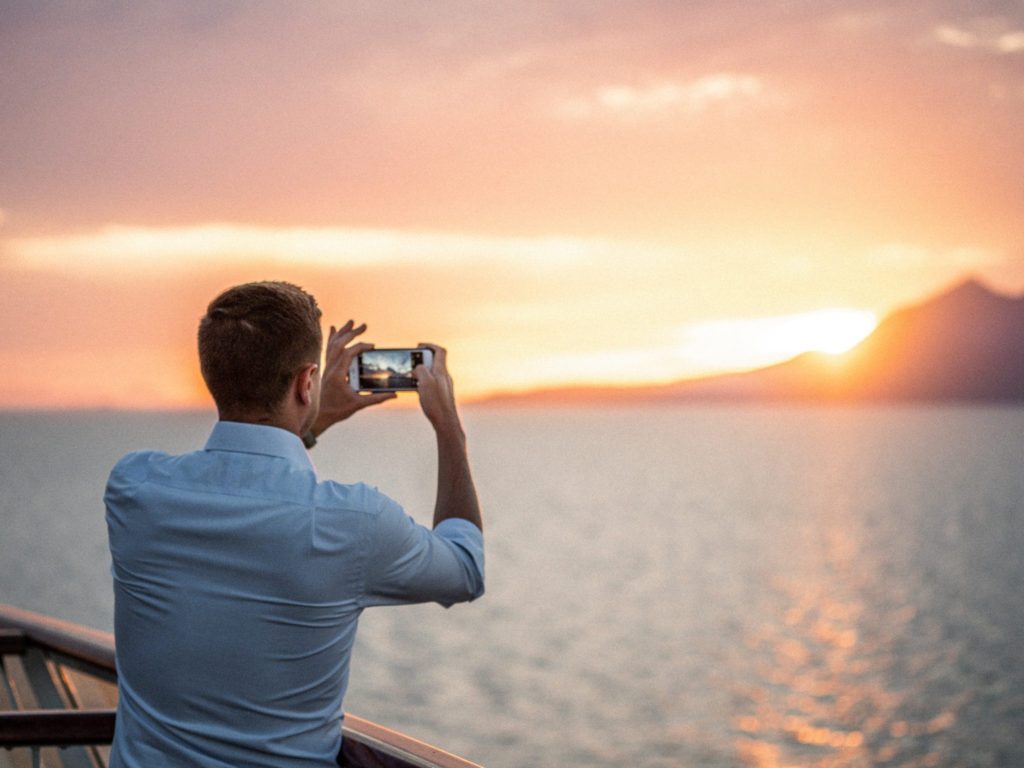
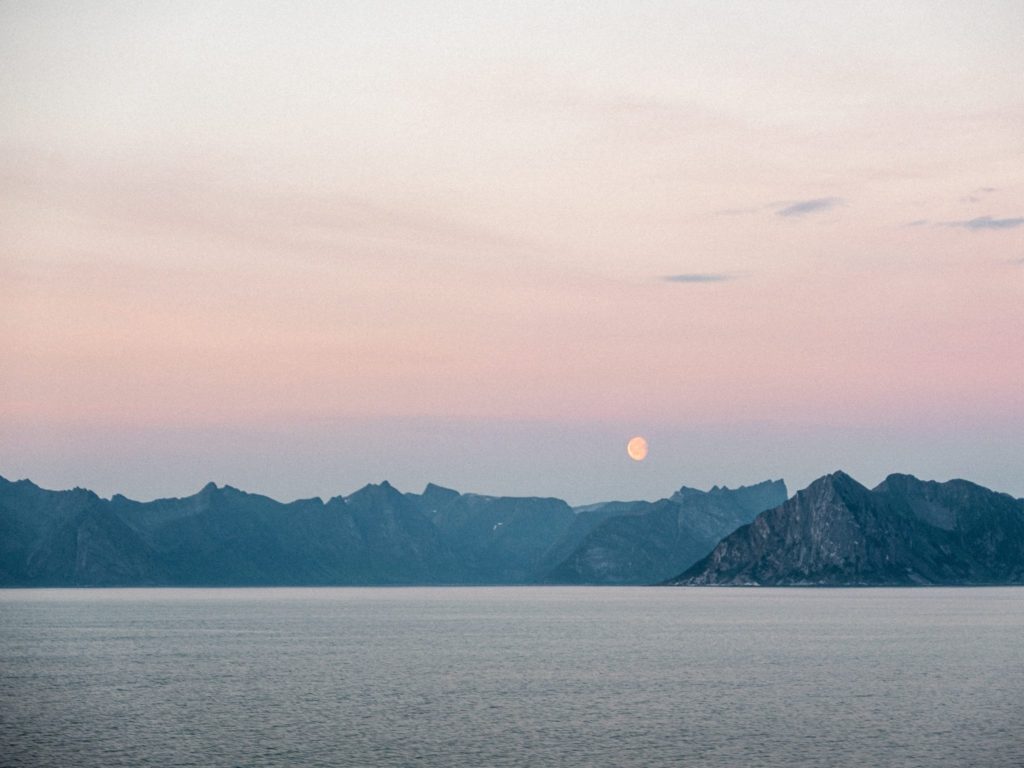
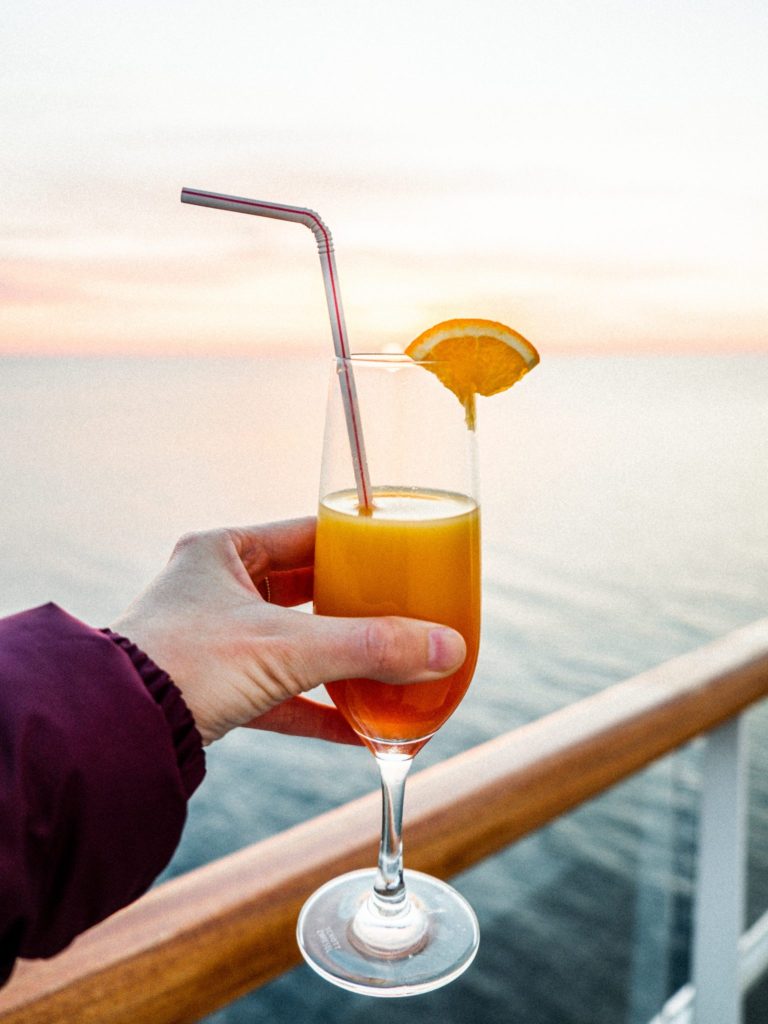
Stop Number 7: Tromso
Known as the “Gateway to the Arctic,” Tromso is the third-largest city north of the Arctic Circle and has historically been the starting point for many expeditions to the Arctic. From Tromso, we drove along the coast of Kvaloya (Whale) Island out to picturesque Sommaroy Island, where we strolled through an old fishing village and stopped to eat traditional Norwegian waffles with strawberry jam and brunost, a type of caramel-flavored brown cheese. When you’re on Sommaroy, the white sand beaches can make you feel like you’re somewhere in the Caribbean instead of extremely far north. And the scenery is really quite beautiful.
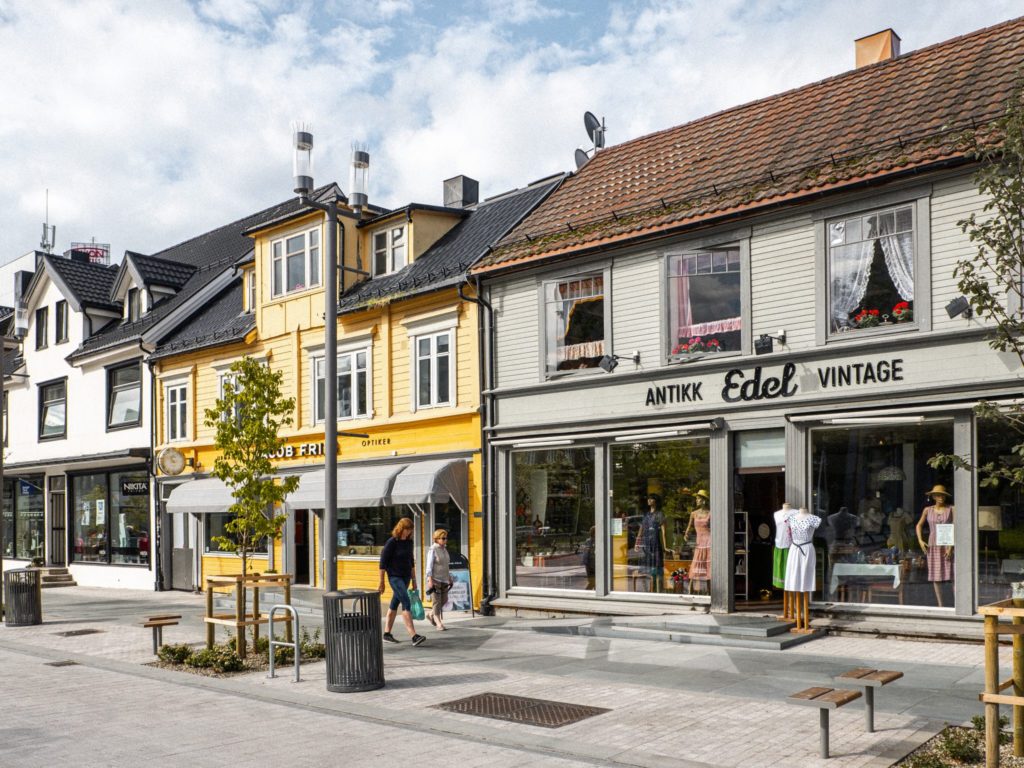

On the way to Sommaroy, our Norwegian guide explained that you can often see porpoises swimming in the shallow waters of the bays. Unfortunately, we didn’t see any porpoises. What we did see leaving the city limits of Tromso was more reindeer! The Sami, a people group that lives in Norway, Sweden, northern Finland, and the Murmansk region of Russia, have practiced traditional reindeer herding for centuries. In the summer, their reindeer herds are allowed to wander freely to find the best pastures. It’s not uncommon to see them roaming close to and even in the city.
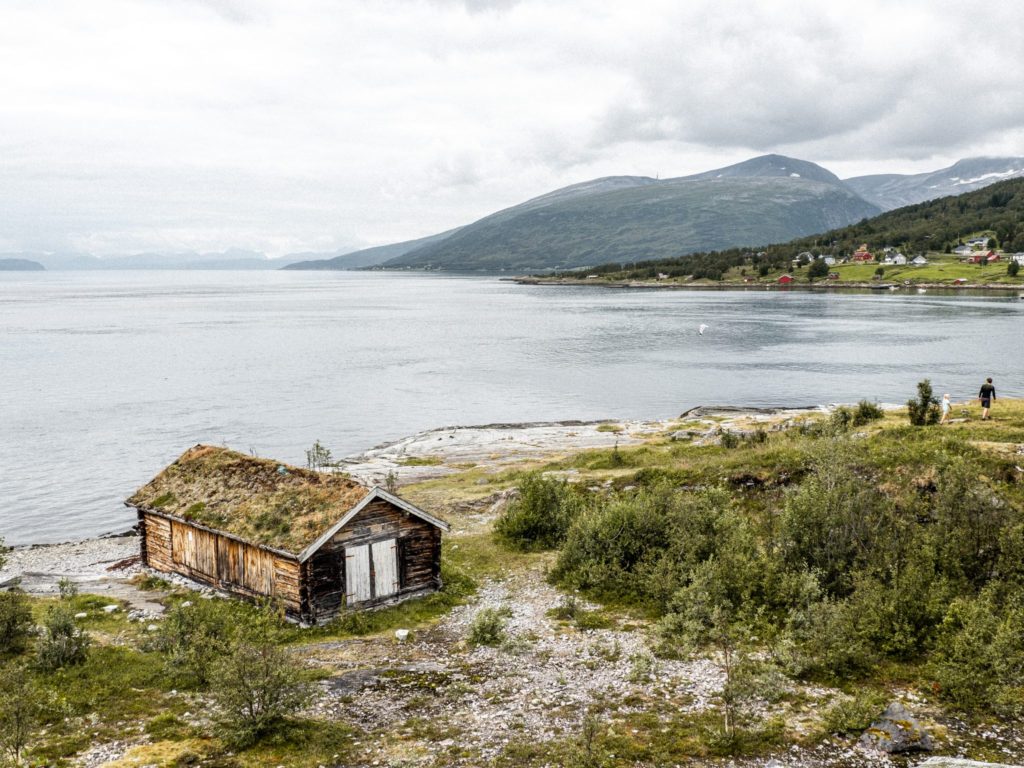

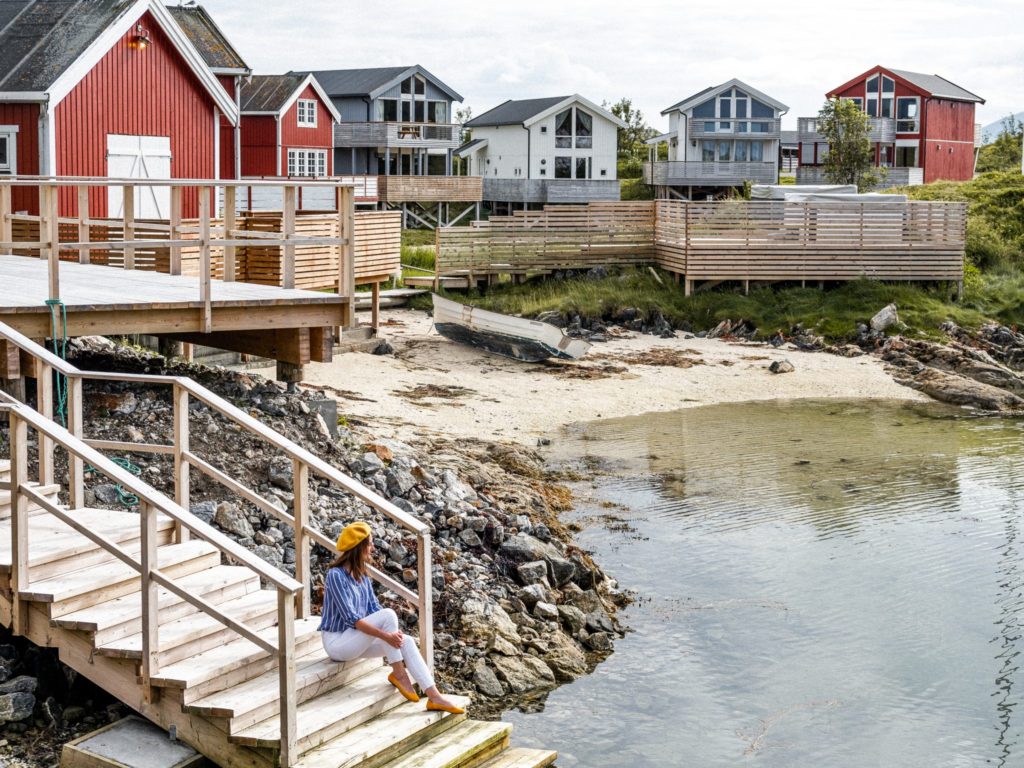
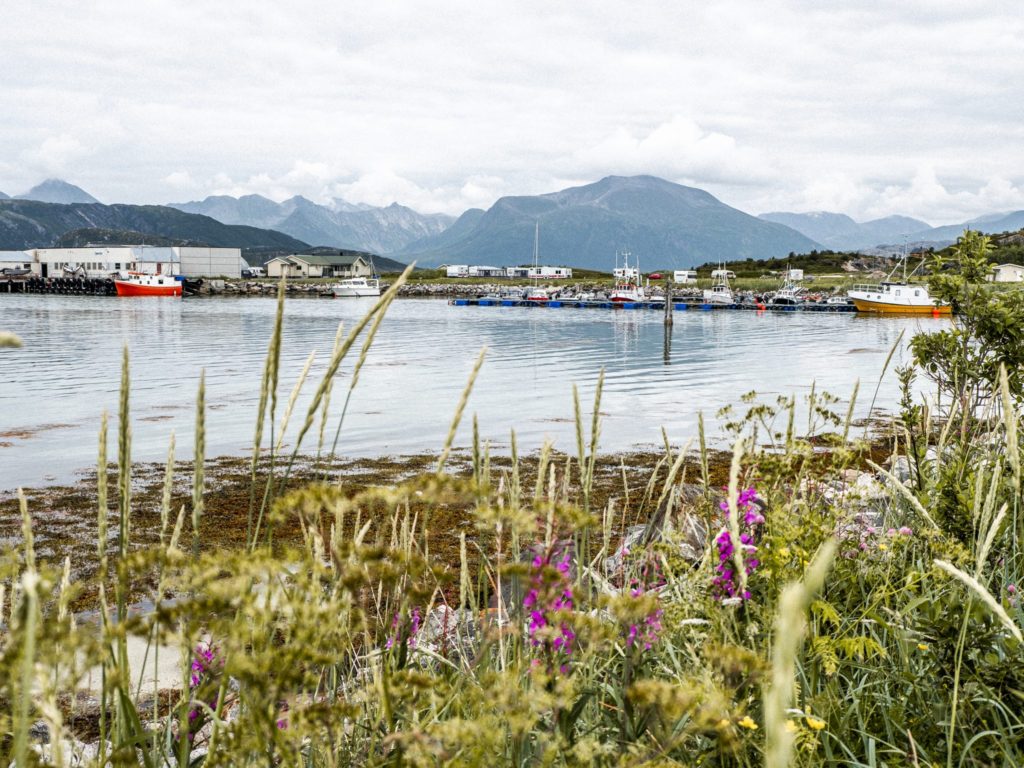
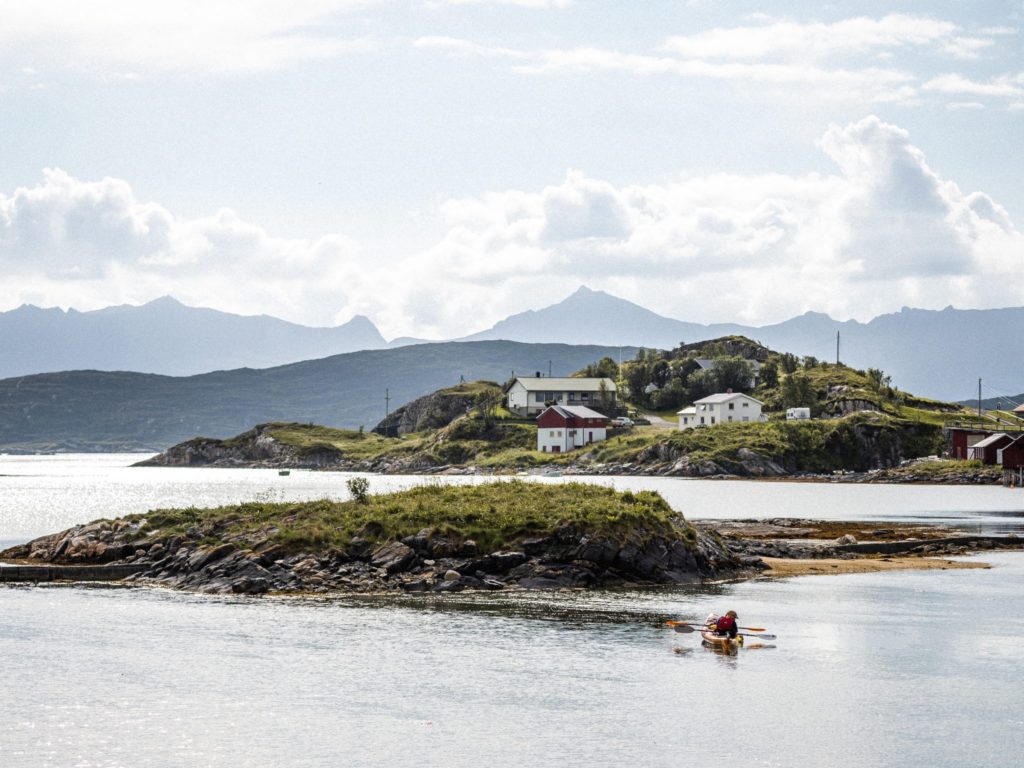
Stop Number 8: molde
In Molde, we spent the morning exploring the charming hillside neighborhoods close to the harbor. After a quick lunch, we traveled to the open-air Romsdal Museum, where we had the pleasure of experiencing a traditional Norwegian folk dance. Founded by Peter Tønder Solemdal in 1912, the museum is home to a permanent exhibition that shows visitors the living conditions of Norwegians over several centuries.
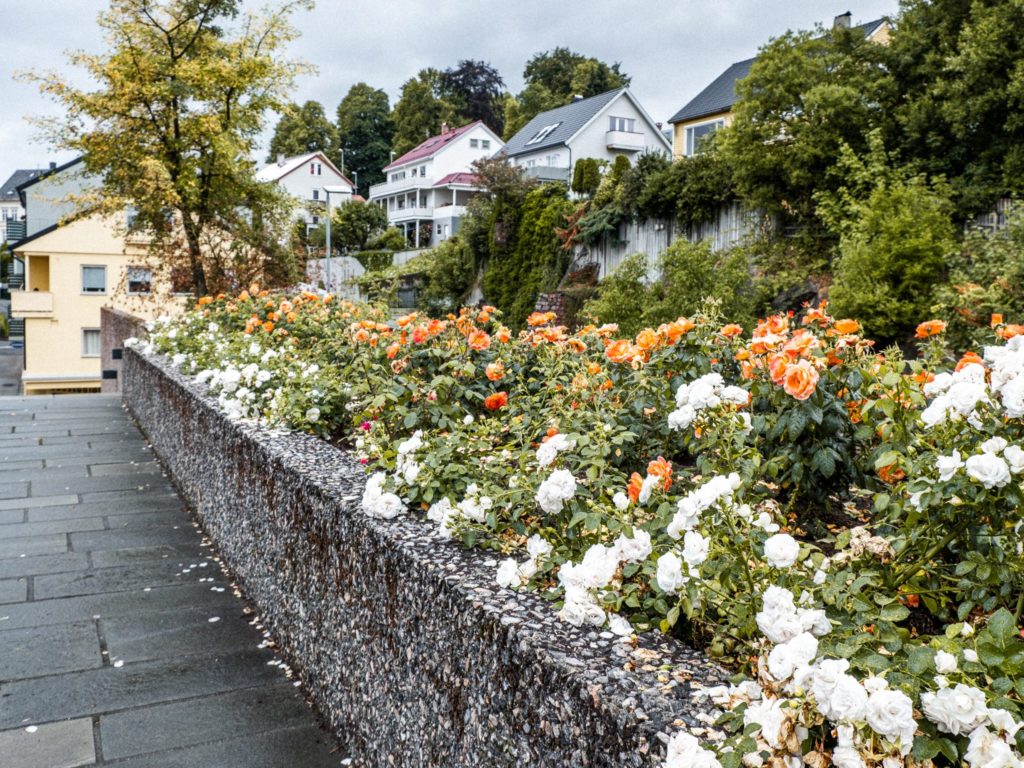
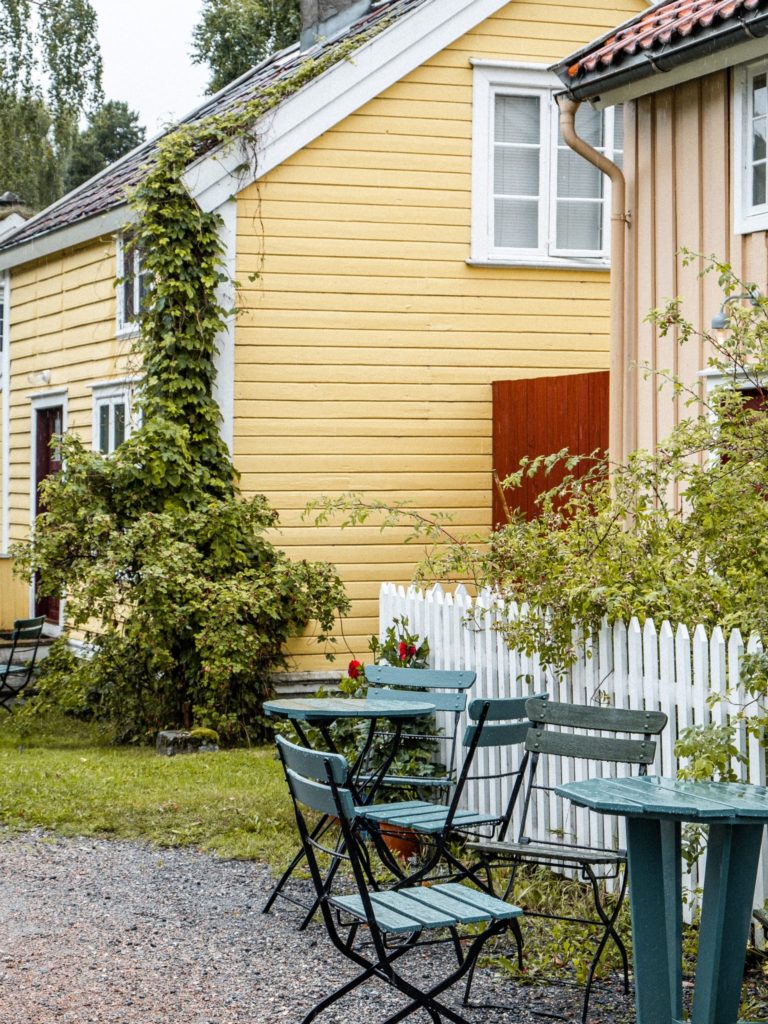
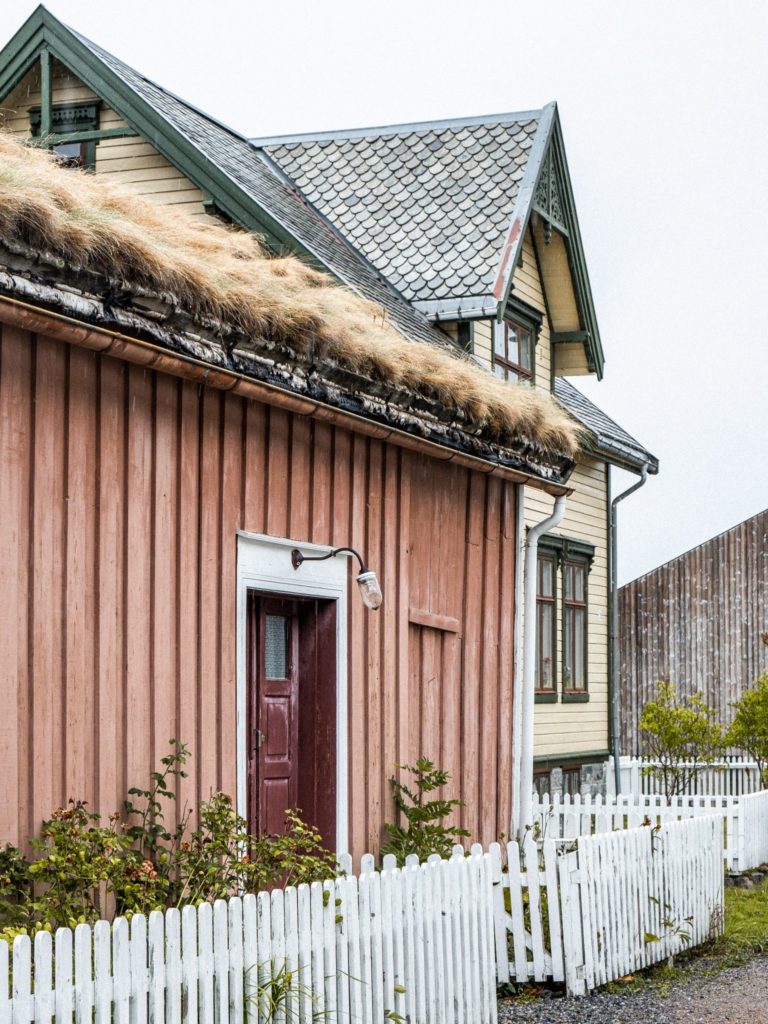

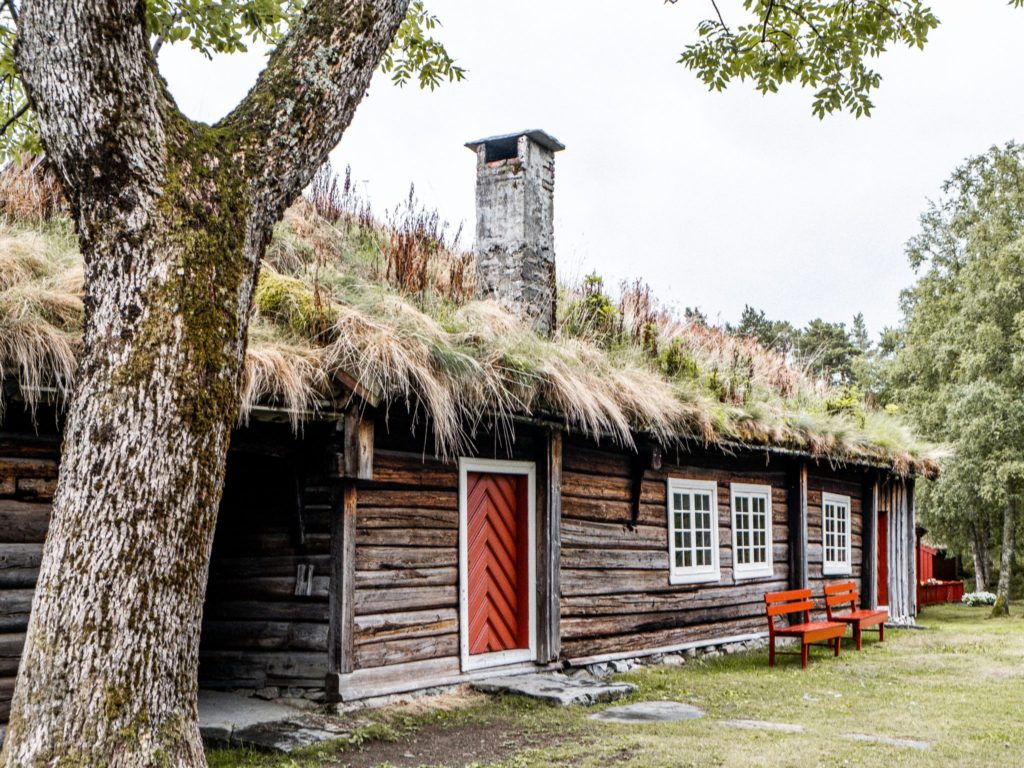
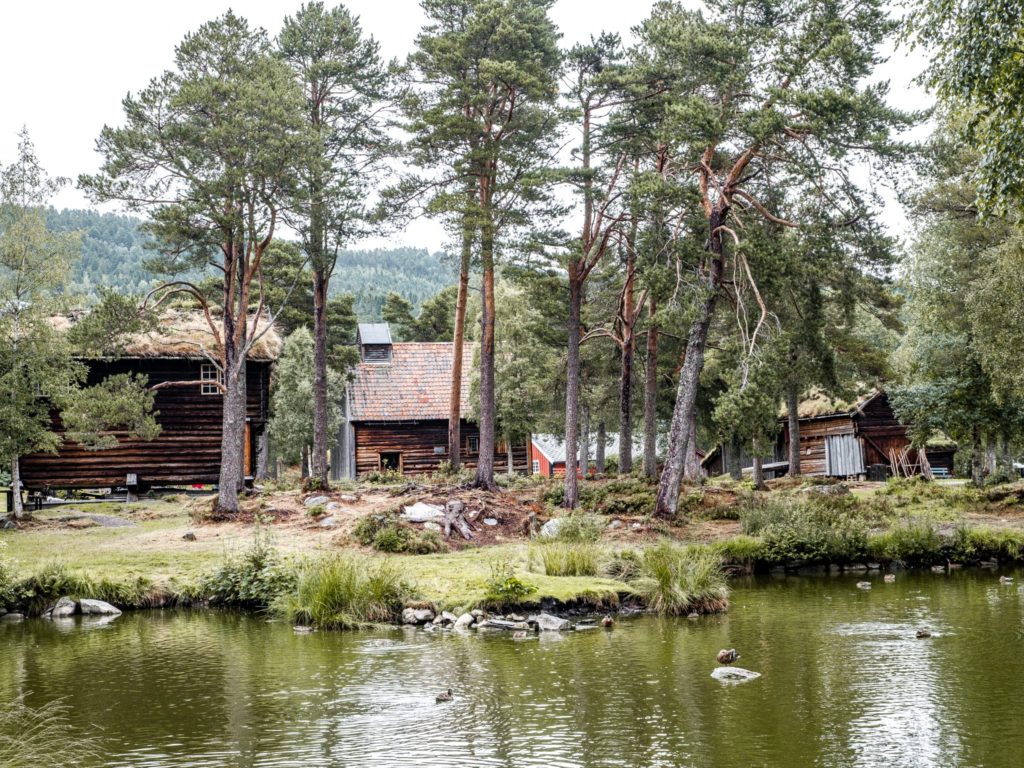
Stop Number 9: geiranger
Nestled comfortably among gorgeous green mountains that tower above the deep turquoise waters of Geirangerfjord, the small town of Geiranger is home to some of the most beautiful scenery in all of Norway. It was no wonder to us as we stepped off the ship into these spectacular surroundings why Geirangerfjord has been listed as a UNESCO World Heritage Site since 2005.
As you can imagine, we made the most of every precious second there. In the morning we rented kayaks and battled wind and fits of rain to reach the Seven Sisters Waterfall, which consists of seven separate streams that flow from the mountaintop into the fjord. Proud of ourselves after our very first sea-kayaking adventure, for lunch we indulged in some Norwegian svele, which are a lot like American pancakes. In the afternoon we traveled by bus up a steep, winding road to Eagle’s Bend, a lookout point that offers breathtaking views of the fjord and town below. From there we drove to another amazing viewpoint, Flydalsjuvet, and then continued to climb higher into the mountains to Djupvatn Lake and the Blafjell Glacier.

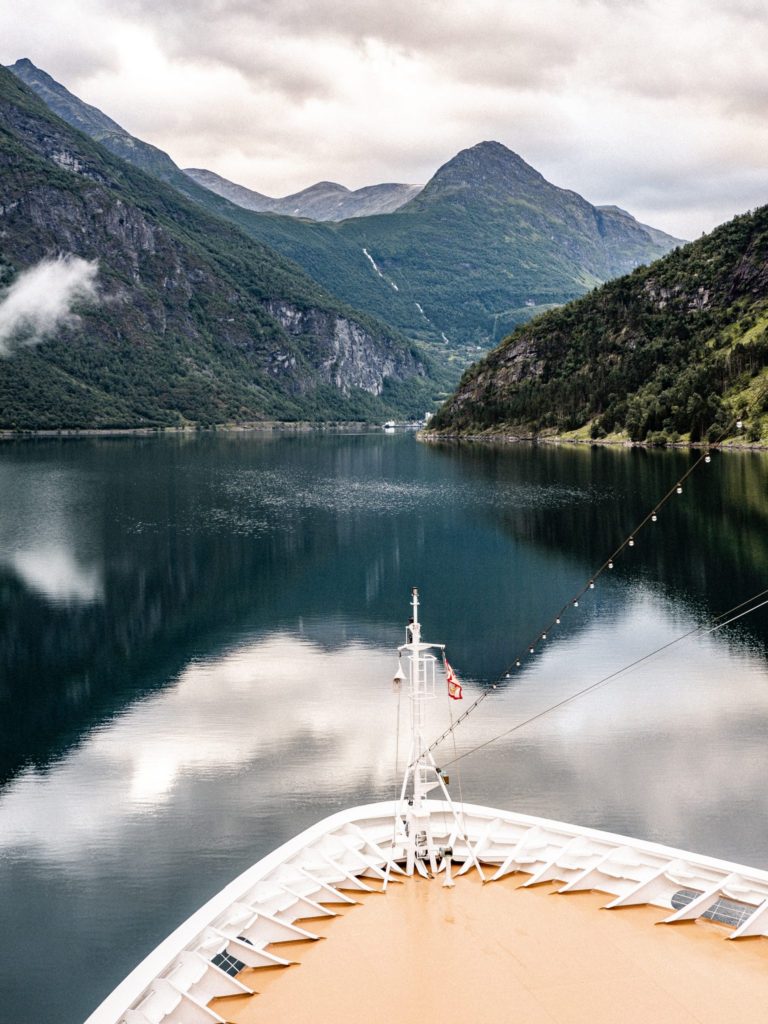

As our ship sailed away from Geiranger that night, past cascading waterfalls and lonely cabins along the shoreline, seagulls followed us out toward the mouth of the fjord as if to say goodbye. If you travel to Norway, you absolutely have to visit Geiranger. It is one of the most beautiful places we have ever seen.

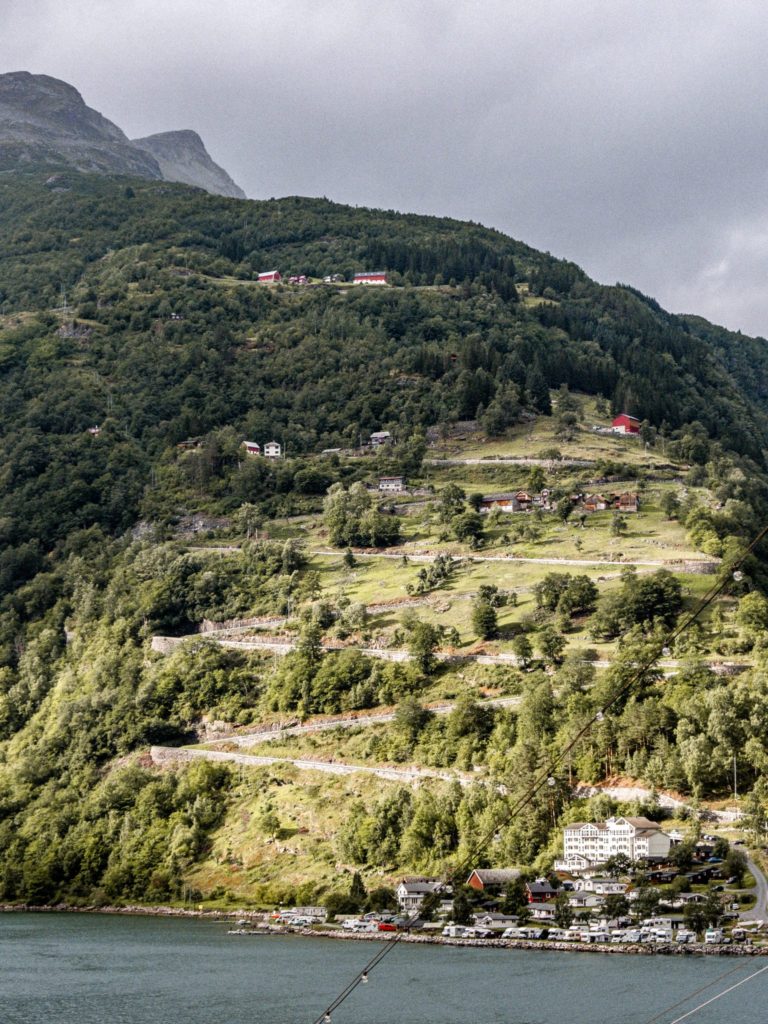


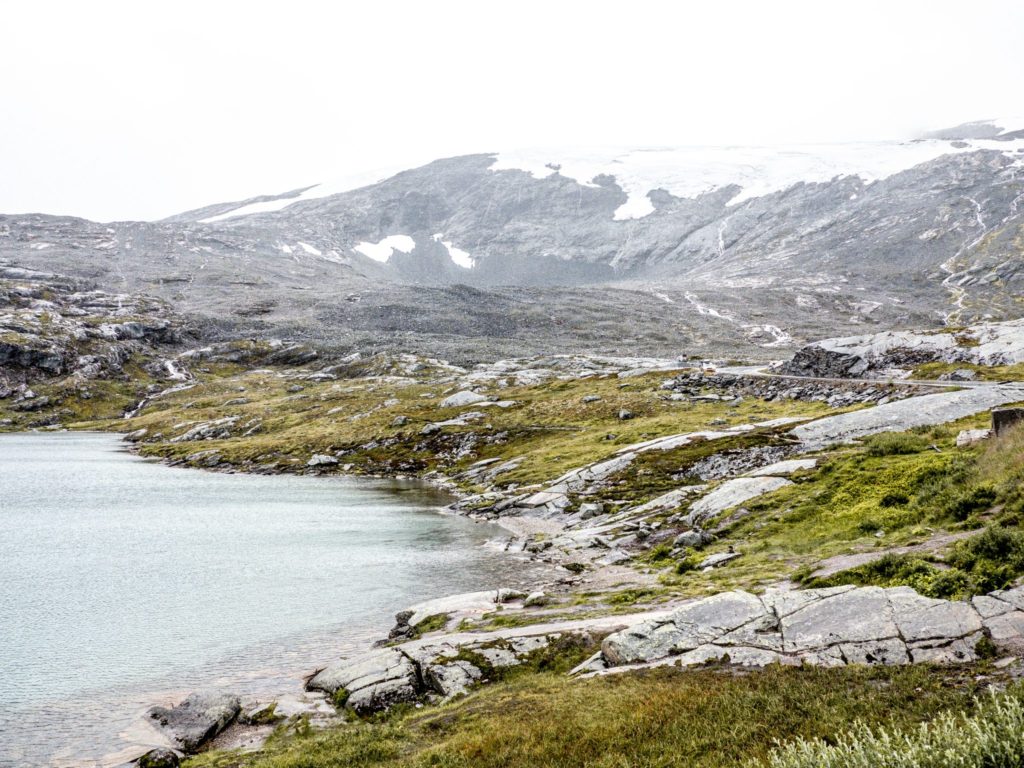
Stop number 10: bergen
Norway’s second-largest city, Bergen is the country’s busiest port and once served as the country’s capital. Some of the city’s most iconic sites include Bryggen, a row of wooden Hanseatic commercial buildings that line one side of Vagen Harbor, and the nearby Fish Market, which has served as a gathering place for merchants and fisherman since the 1200s and where you can still find a large selection of fresh fish, seafood, fruit, and flowers.
Although these popular landmarks and others are definitely worth visiting, what we loved most about Bergen were the narrow, winding streets lined with colorful houses. Unlike what we’re used to seeing in the U.S. — neighborhoods full of houses that all look alike — each house in Bergen, each bend in the road or alleyway, each staircase connecting adjacent streets seemed unique and special. If you go to Bergen, take some time to just get lost in its beautiful streets.
